Preschool Toys
12 Essential Tips for Choosing Autism-Friendly Preschool Sensory Toys
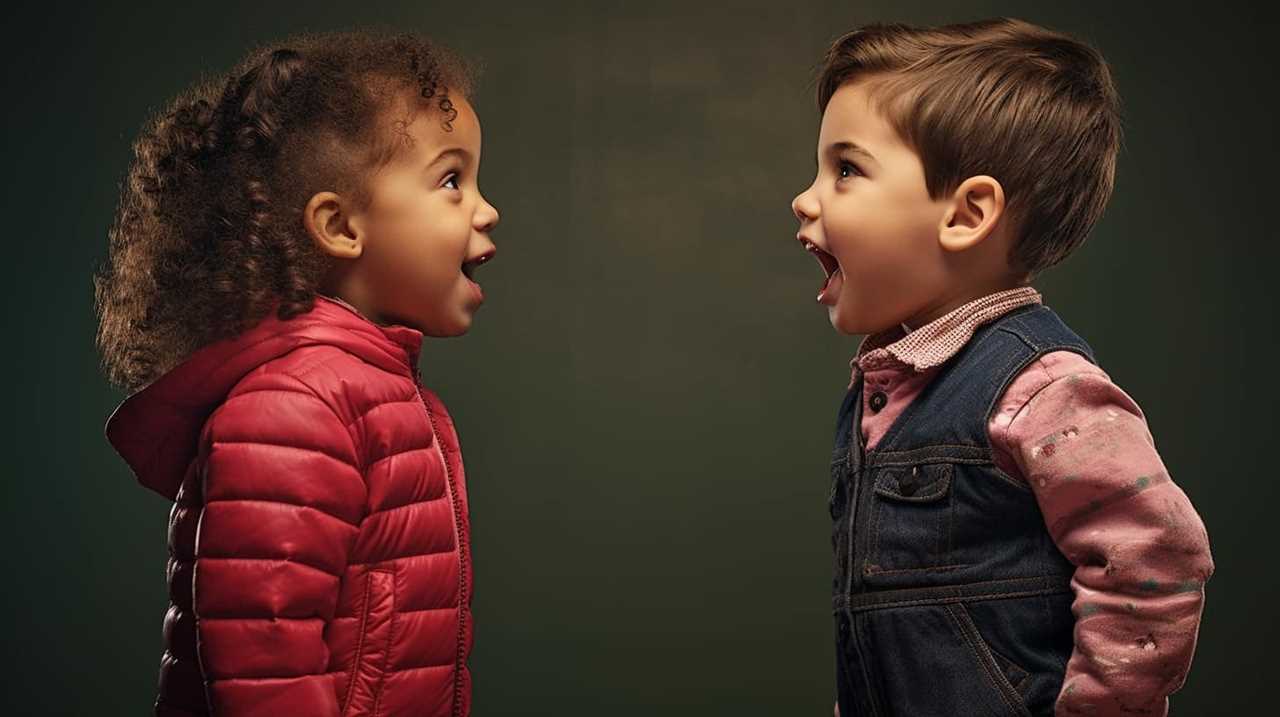
Are you on the hunt for the ideal sensory toys for your autistic preschooler? Search no more! We have compiled 12 vital tips to assist you in selecting toys that are suitable for children with autism, aiming to entertain, soothe, and arouse your child’s sensory experiences.
From age-appropriate options to non-toxic materials, we’ve got you covered. Imagine the joy on your child’s face as they explore the world through multi-sensory experiences.
Let’s embark on this journey together and create an environment that fosters growth and development for your little one.
Key Takeaways
- Prioritize age-appropriate options for optimal engagement and development
- Provide multi-sensory experiences for enhanced learning and engagement
- Choose toys made from non-toxic materials for safety and well-being
- Consider tactile sensitivities of children with autism when selecting toys
Age-Appropriate Toys
When selecting autism-friendly preschool sensory toys, we prioritize age-appropriate options to ensure optimal engagement and development for children with autism.
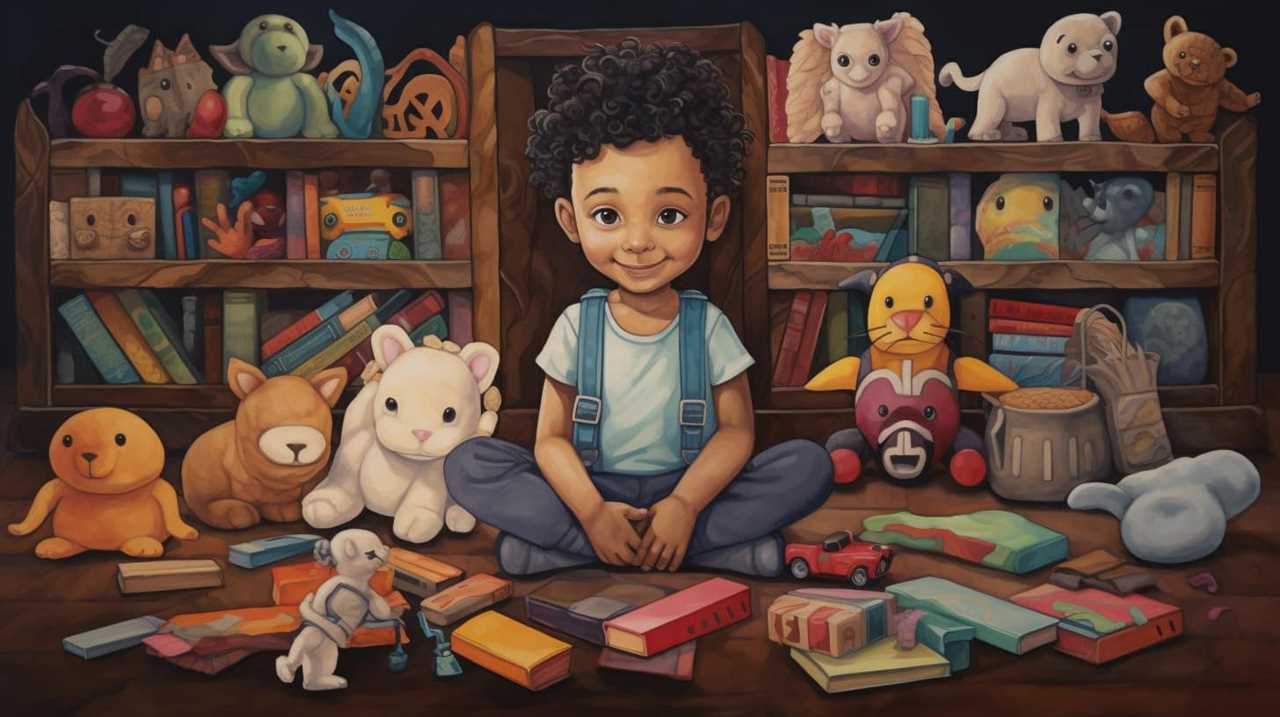
Play-based learning is an essential component of cognitive development in young children. By providing age-appropriate toys, we can support their learning and help them build crucial cognitive skills.
These toys are designed to match the developmental milestones of children at different ages, allowing them to explore and learn in a way that’s suitable for their stage of development. Age-appropriate toys also promote a sense of accomplishment and mastery, boosting their self-esteem and confidence.
Multi-Sensory Experiences
To enhance the learning and engagement of children with autism, we prioritize providing multi-sensory experiences through carefully selected preschool sensory toys. Multi-sensory play allows children to engage their senses of sight, touch, sound, and even smell, creating a more immersive and stimulating learning environment. Sensory integration techniques are incorporated to help children with autism process and respond to sensory information more effectively.
Here are two important aspects to consider when providing multi-sensory experiences:

-
Variety of Textures: Including toys with different textures, such as soft, rough, smooth, or bumpy, provides tactile stimulation and encourages exploration. This can help children develop their fine motor skills and sensory perception.
-
Visual Stimulation: Incorporating visually stimulating toys, such as toys with bright colors, lights, and moving parts, can capture a child’s attention and promote visual tracking skills. Visual stimulation can also aid in developing hand-eye coordination and visual processing abilities.
Non-Toxic Materials
Using non-toxic materials is essential in choosing autism-friendly preschool sensory toys. When selecting toys for children with autism, it’s crucial to consider their safety and well-being.
Material safety guidelines should be strictly followed to ensure that the toys don’t contain harmful chemicals or substances that could potentially cause harm or allergies. Opting for toys made from non-toxic materials not only promotes a healthy environment for the child but also minimizes the risk of any adverse reactions.
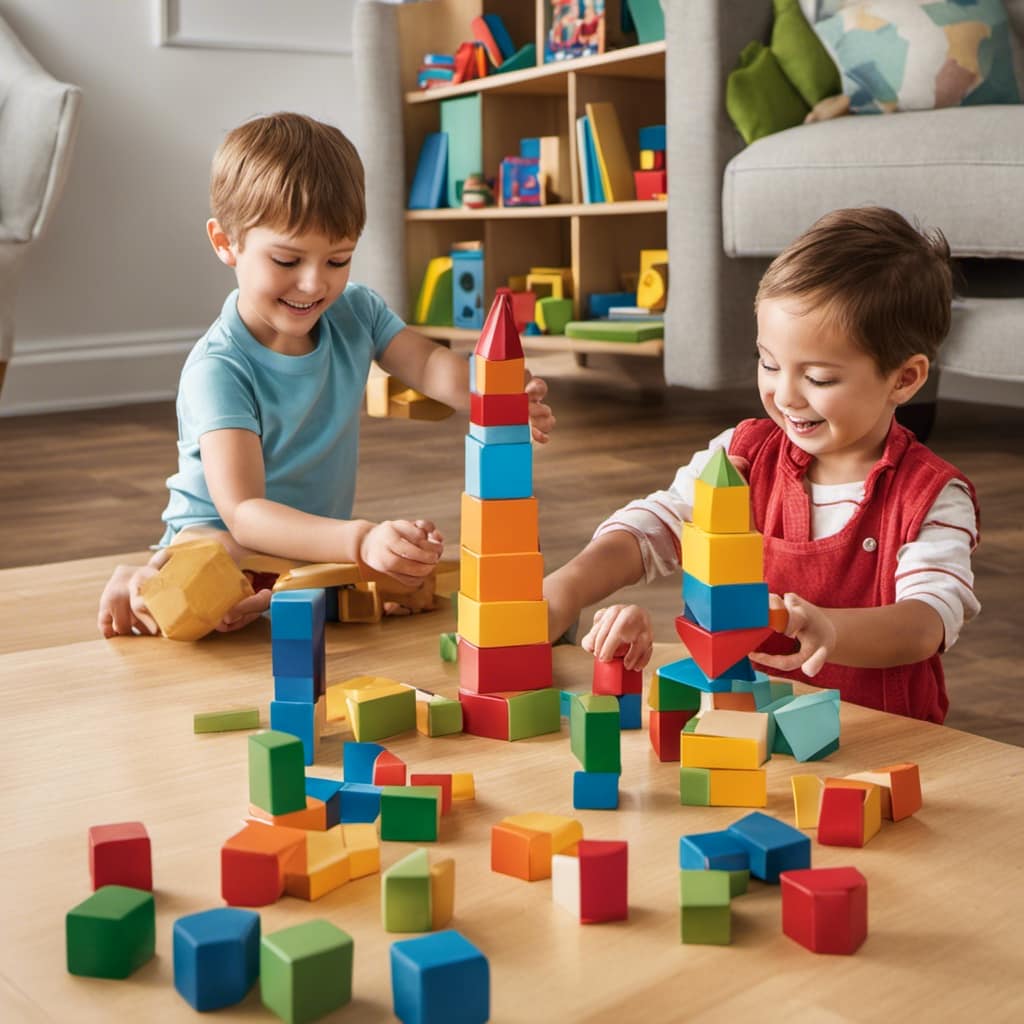
Additionally, age-appropriate toy choices should be made to cater to the specific developmental needs of children with autism. By selecting toys that are safe and suitable for their age, we can create a positive and engaging sensory experience for these children, aiding their overall development and well-being.
Engaging Textures and Shapes
When it comes to choosing autism-friendly preschool sensory toys, engaging textures and shapes are crucial. Children with autism often have sensory sensitivities and can benefit from toys that provide tactile stimulation. Look for toys with different textures, such as soft, squishy, or bumpy surfaces, as well as toys that come in various shapes and sizes to promote exploration and fine motor skills development.
Additionally, consider the visual aspect of the toys, as bright colors and contrasting patterns can capture and hold a child’s attention, encouraging engagement and sensory exploration.
Tactile Sensory Toy Options
As we explore tactile sensory toy options for an autism-friendly preschool, it’s important to consider engaging textures and shapes that can provide a stimulating and interactive experience for children. When it comes to sensory friendly play dough options, there are a few recommendations that can be beneficial.
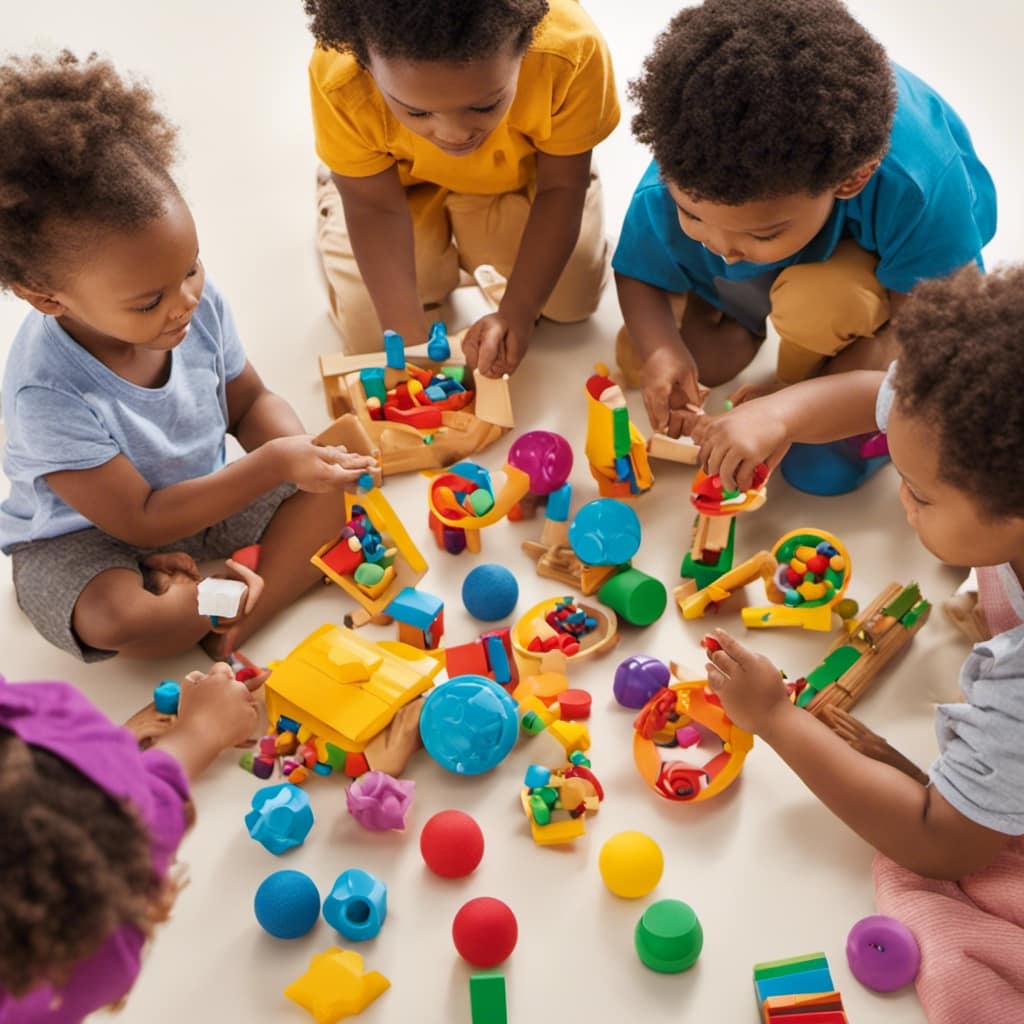
Firstly, look for play dough that has a soft and pliable texture, as this can be soothing and calming for children with autism. Additionally, play dough that comes in different colors and scents can help engage the senses and promote creativity.
In terms of fidget toy recommendations, there are a variety of options to choose from. Fidget spinners, stress balls, and textured keychains are all popular choices. These toys provide a satisfying tactile experience, allowing children to focus and concentrate better. It’s important to ensure that the fidget toys are safe and durable, as they’ll be used frequently.
Visual Stimulus Considerations
We carefully select sensory toys for our autism-friendly preschool that offer engaging textures and shapes, ensuring a visually stimulating experience for the children. When considering visual stimulus, we take into account the specific needs and sensitivities of children with autism, such as light sensitivity and color contrast.
Light sensitivity is common in individuals with autism, so we choose toys that provide options for controlling the intensity of the light or toys that emit a soft, gentle glow. Additionally, we pay attention to color contrast, as it can greatly impact visual perception and engagement. We select toys with vibrant and contrasting colors, allowing children to easily distinguish between different shapes and textures.
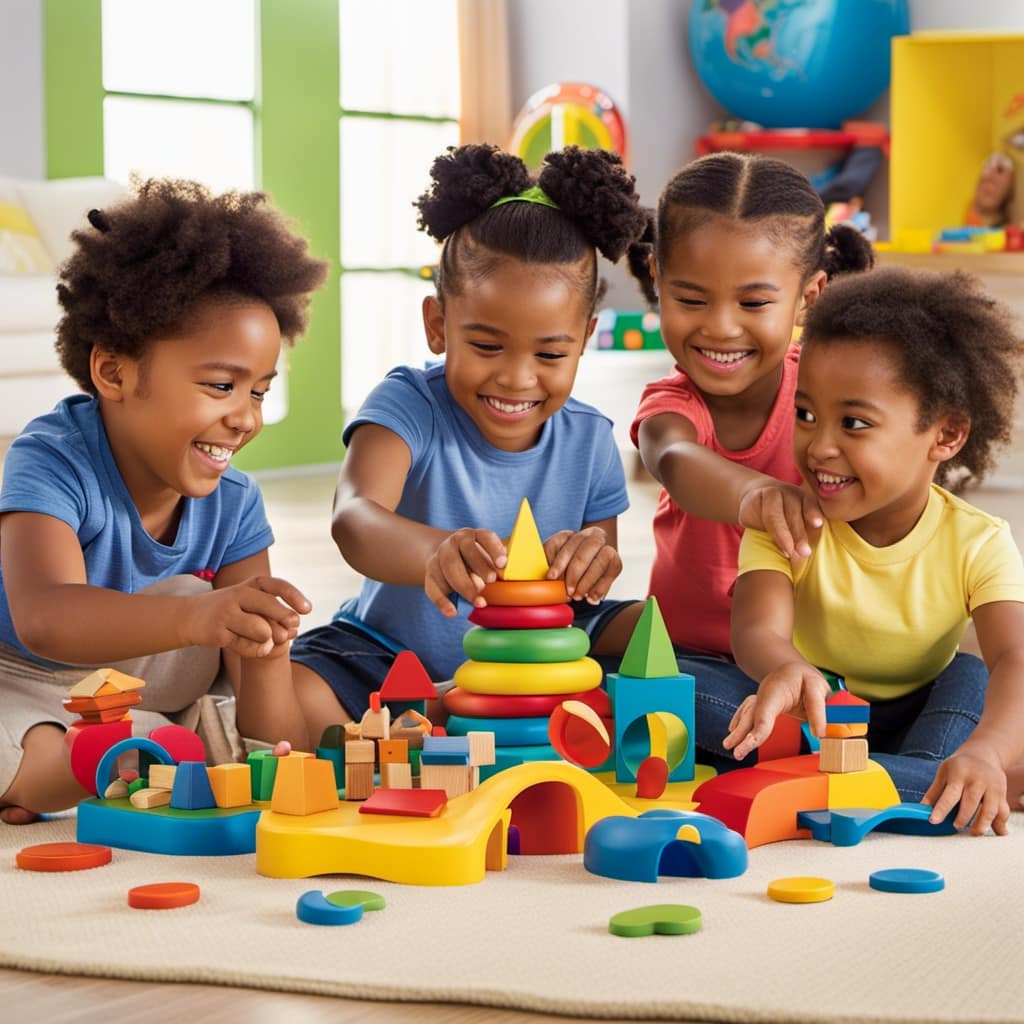
By providing these visually stimulating toys, we aim to create an environment that supports the sensory needs and development of children with autism.
Transition: In addition to visual stimulus, we also prioritize calming and soothing toys that promote relaxation and emotional regulation.
Calming and Soothing Toys
Our favorite calming and soothing toys for autism-friendly preschools are weighted blankets and soft plush animals. These relaxation aids and stress relievers are essential for creating a calming environment for children with autism.
-
Weighted blankets provide deep pressure stimulation, which can help regulate sensory input and promote a sense of calm. They’re available in various sizes and weights to accommodate different needs and preferences.
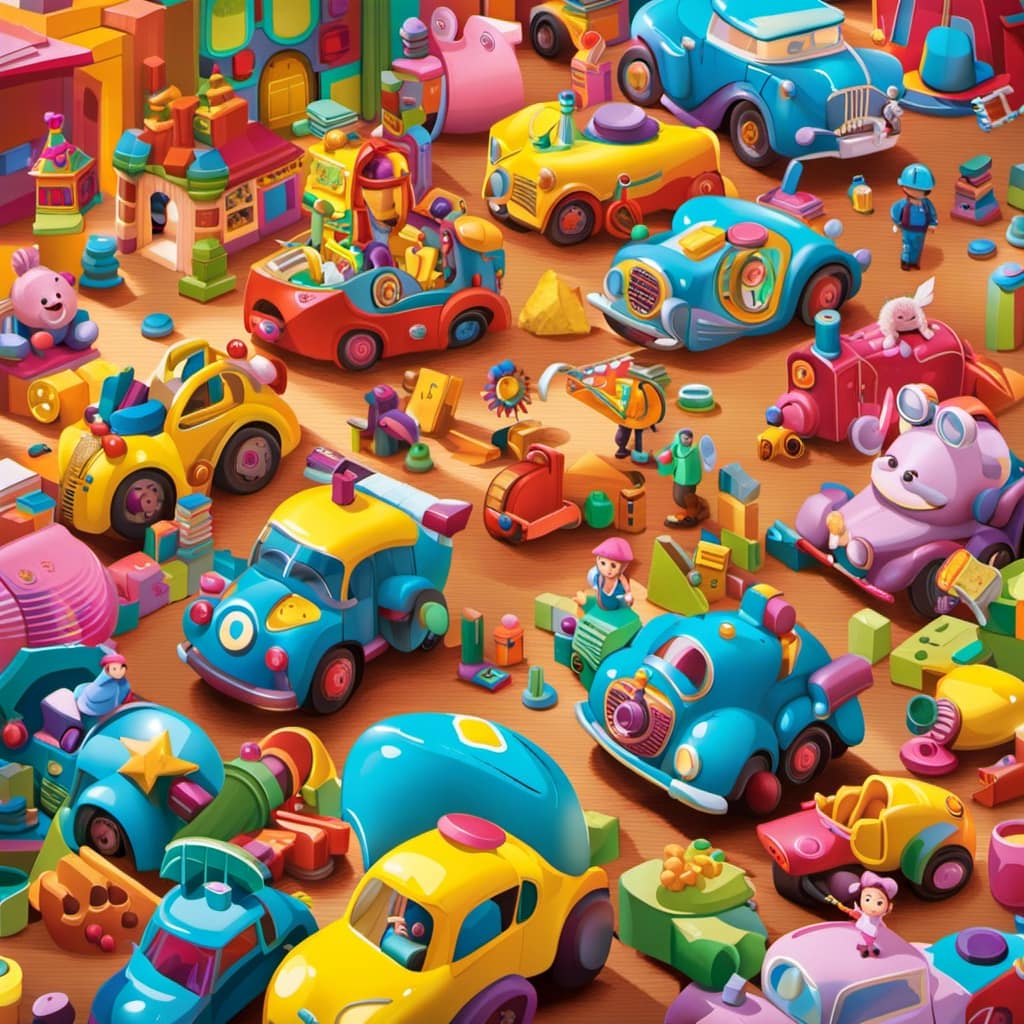
-
Soft plush animals offer comfort and companionship, allowing children to engage in imaginative play and find solace in their cuddly companions. They can be hugged, squeezed, or simply held, providing a soothing tactile experience.
By incorporating these calming and soothing toys into the preschool environment, children with autism can find comfort and relaxation, which can positively impact their overall well-being.
Now, let’s move on to the next section and explore visual stimulation options that can further enhance their sensory experience.
Visual Stimulation Options
To enhance the sensory experience for children with autism, incorporating visually stimulating toys is crucial in an autism-friendly preschool environment. Visual stimulation can play a significant role in promoting engagement, learning, and development for children on the autism spectrum.
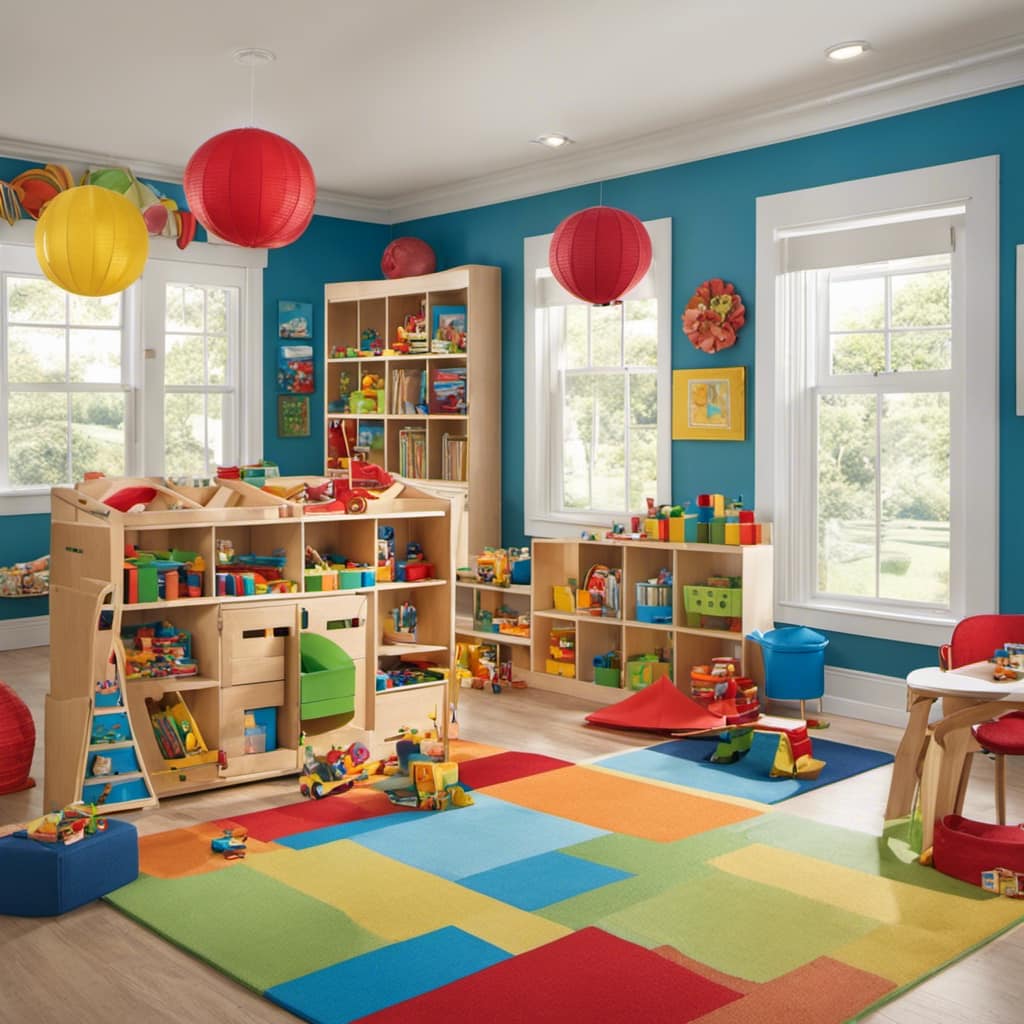
When choosing toys, consider options that offer vibrant colors, contrasting patterns, and moving parts. These features can capture the attention of children and encourage visual exploration. Light-up toys, such as spinning tops or flashing balls, can be particularly engaging. Additionally, toys that incorporate mirrors or reflective surfaces can provide opportunities for self-discovery and promote social interaction.
Tactile exploration is also important, so look for toys with different textures and surfaces. Sensory play ideas, such as squishy balls or textured puzzle boards, can offer both visual and tactile stimulation, making them ideal for an autism-friendly preschool setting.
Auditory-Friendly Toys
When it comes to choosing auditory-friendly toys for children with autism, there are a few key considerations to keep in mind.
First, noise-canceling headphones can be a great tool to help children regulate their auditory input and reduce sensory overload.

Additionally, opting for soft, soothing musical toys can provide a calming and enjoyable sensory experience for children with autism.
Noise-Canceling Headphones for Children
During playtime, we find it helpful to equip children with noise-canceling headphones to create an auditory-friendly environment. These over-ear headphones provide an effective solution for children who are sensitive to noise and can help reduce auditory overload.
Here are two reasons why noise-canceling headphones are beneficial for children:
-
Noise reduction: The primary function of noise-canceling headphones is to reduce external sounds. By blocking out background noise, these headphones create a quieter and more calming environment for children. This can help minimize distractions and improve focus during playtime or learning activities.
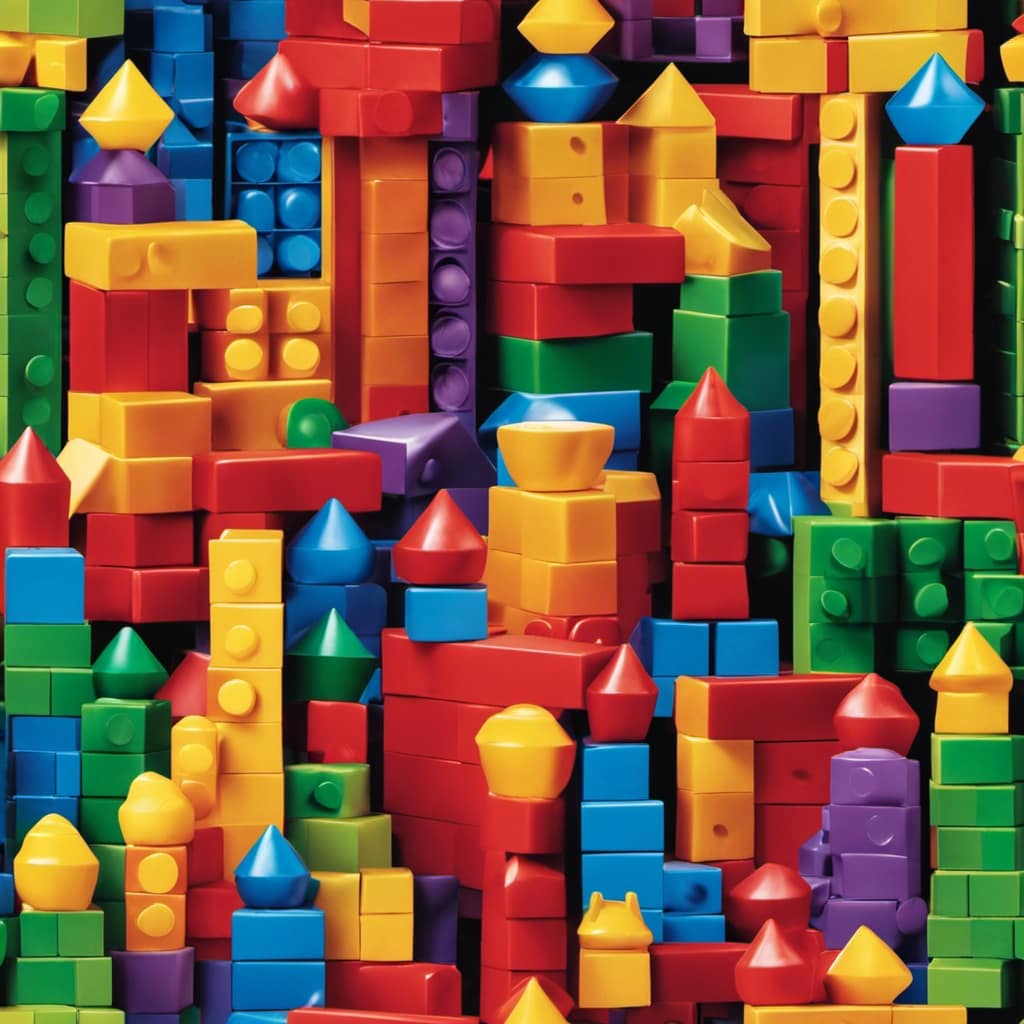
-
Sensory regulation: For children with autism, sensory regulation is crucial. Noise-canceling headphones can help children regulate their sensory input by providing a controlled auditory environment. By reducing overwhelming sounds, these headphones can help children feel more comfortable and engaged in their surroundings.
Soft, Soothing Musical Toys?
We continue to explore the topic of autism-friendly preschool sensory toys by delving into the realm of soft, soothing musical toys that provide auditory-friendly experiences for children.
Soft, plush toys that play gentle melodies can be incredibly beneficial for children on the autism spectrum. The softness of these toys provides a comforting tactile experience, while the soothing music helps to calm and regulate their sensory system.
Interactive musical toys, such as plush animals that sing or play instrumental tunes, can also help develop important skills like cause and effect, hand-eye coordination, and social interaction.
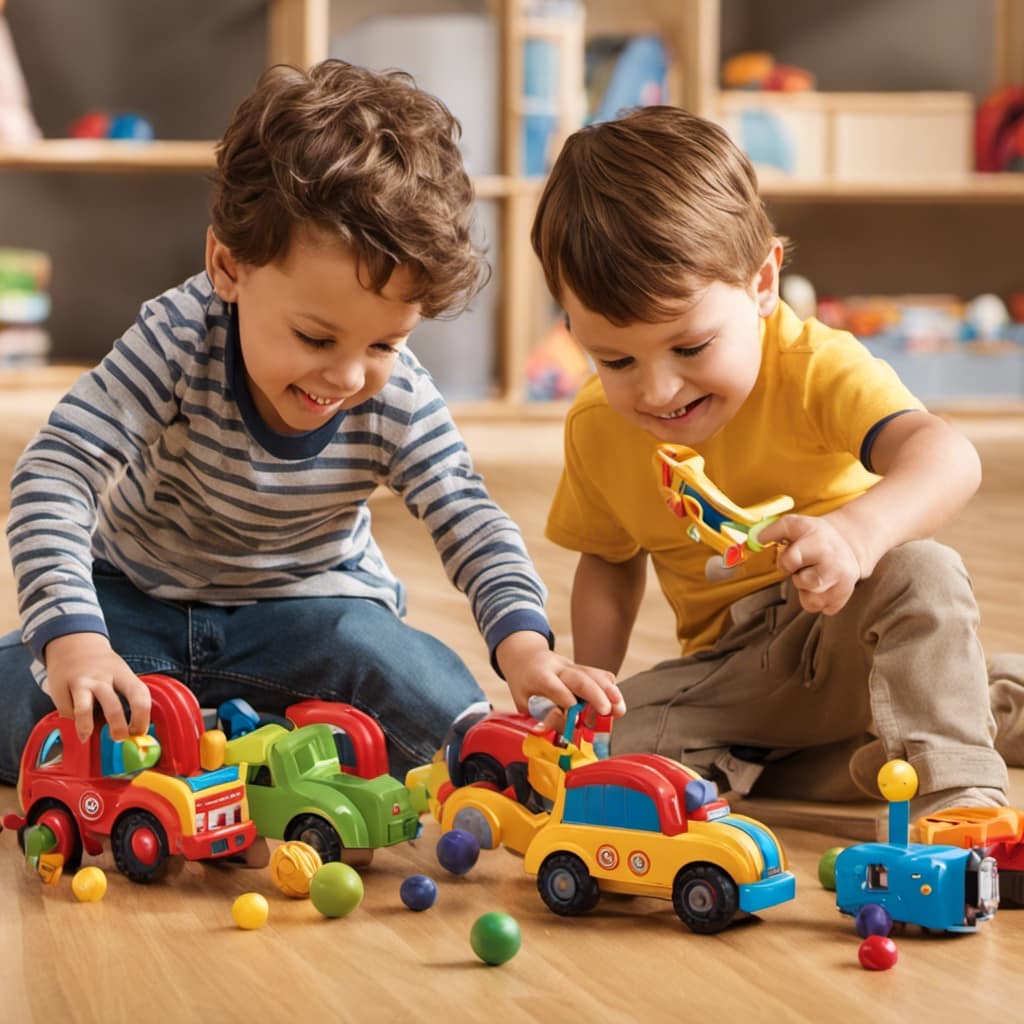
When choosing these toys, it’s important to consider the volume and quality of the music. Opt for toys with adjustable volume levels and clear, high-quality sound to ensure a pleasant auditory experience for your child.
Motor Skill Development Toys
One of the most important aspects of choosing autism-friendly preschool sensory toys is ensuring that they include motor skill development activities that we can regularly engage in with the children. Motor skill development is crucial for children with autism as it helps them improve their coordination, balance, and overall physical abilities.
When selecting motor skill development toys, it’s important to consider the specific needs and preferences of each child. Here are some options to consider:
-
Tactile Sensory Toy Options:

-
Playdough or clay for squeezing and shaping, which can help improve fine motor skills.
-
Building blocks or Legos for constructing and stacking, promoting hand-eye coordination and spatial awareness.
-
Calming and Soothing Toys:
-
Puzzles with large, easy-to-grasp pieces that require both fine motor skills and problem-solving abilities.
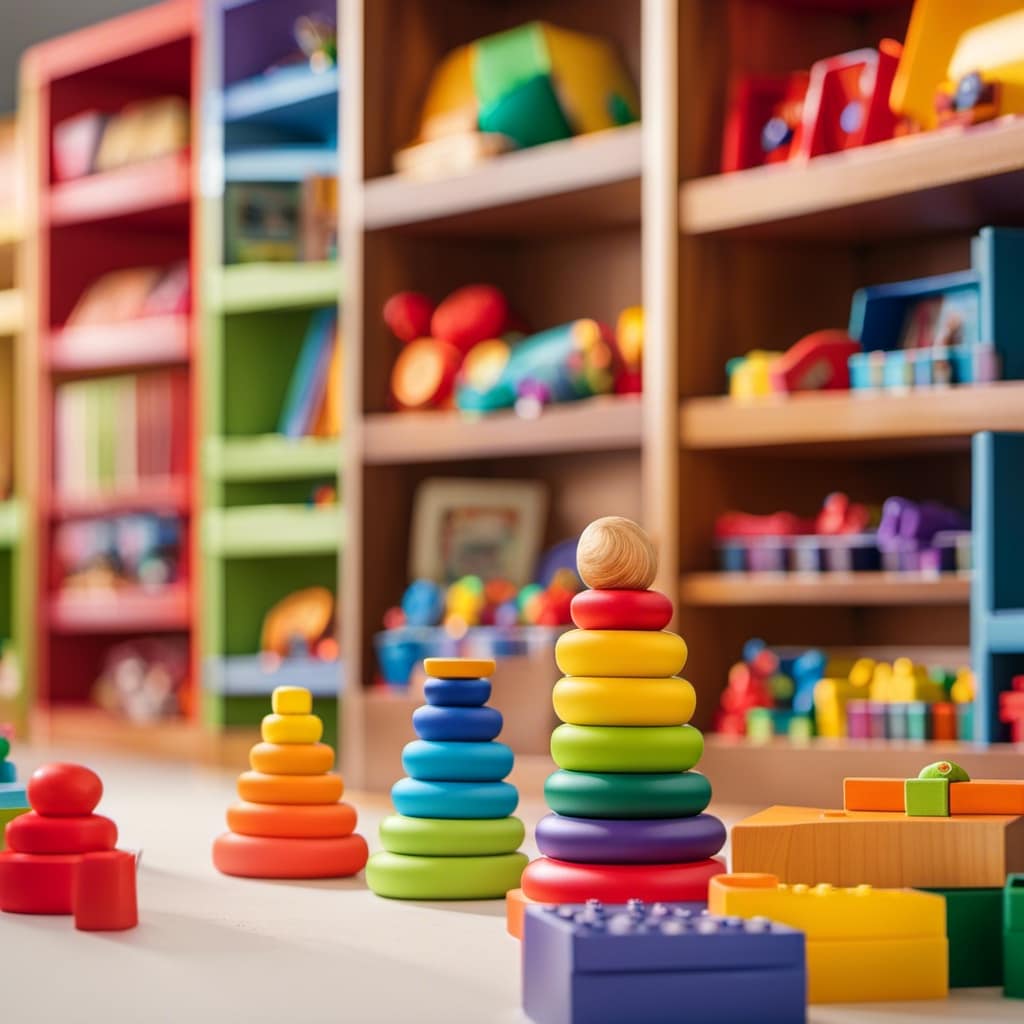
-
Sensory balls or fidget toys that provide tactile stimulation and can help children with autism regulate their emotions.
Social Interaction Toys
To promote social interaction among children with autism, incorporating toys that encourage cooperative play and communication is vital.
Interactive play is an essential aspect of a child’s development, as it fosters the development of communication skills and the ability to interact with others.
When choosing social interaction toys for children with autism, it’s important to consider their specific needs and preferences. Look for toys that encourage turn-taking, sharing, and collaboration. Board games, building blocks, and pretend play sets are great options for promoting cooperative play.
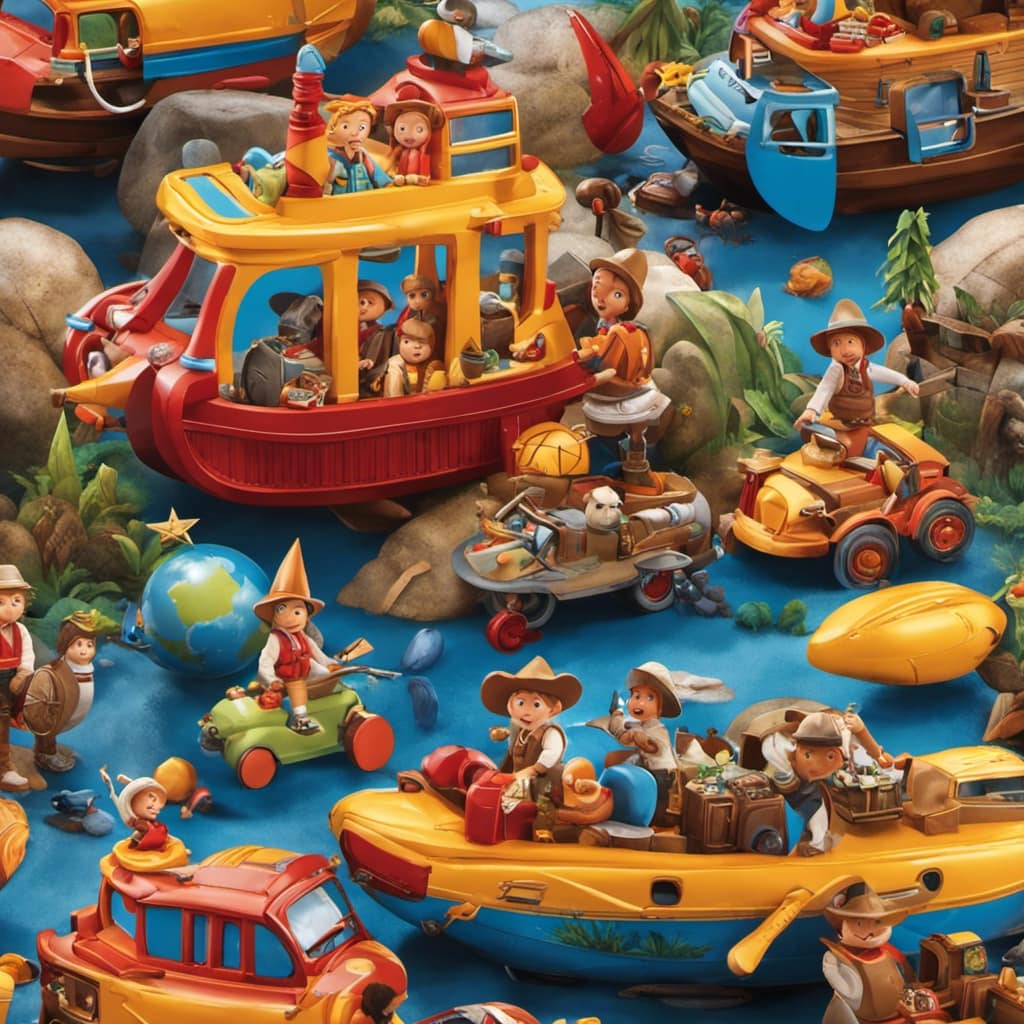
Additionally, toys that facilitate communication, such as picture cards or communication boards, can help children with autism express their thoughts and feelings.
Portable and Travel-Friendly Options
Portable and travel-friendly options are essential when selecting sensory toys for children with autism. These toys allow for easy transportation and provide comfort and familiarity to children, even when they’re away from their usual environment. When choosing travel-friendly toys, consider the following options:
- Compact Size: Look for toys that are small and lightweight, making them easy to pack and carry.
- Durability: Opt for toys made from sturdy materials that can withstand rough handling and travel.
- Sensory Toy Storage Options: Choose toys that come with their own storage containers or bags, keeping them organized and preventing loss or damage during travel.
- Versatility: Select toys that offer multiple sensory experiences, such as toys with different textures or sounds, to keep children engaged and entertained during travel.
Easy-To-Clean Toys
Now let’s delve into the next important aspect of choosing sensory toys for children with autism: easy-to-clean toys. When selecting toys for children with autism, it is crucial to consider their sensory needs as well as the practicality of cleaning them. Children with autism often engage in sensory play that can get messy, so having washable toys that are easy to clean is essential. These toys not only provide a safe and enjoyable sensory experience, but also make it easier for parents and caregivers to maintain a clean and organized environment. To help you make an informed decision, here is a table outlining some popular washable and mess-free toys:
| Toy Name | Materials | Cleaning Instructions |
|---|---|---|
| Play-Doh | Non-toxic | Wipe with damp cloth or wash with warm, soapy water |
| Water Beads | Non-toxic gel | Rinse with water and air dry |
| Sensory Balls | Rubber or PVC | Wipe with disinfecting wipes or wash with warm water |
| Fidget Spinners | Plastic or metal | Wipe with disinfecting wipes or wash with warm water |
Choose toys that are not only enjoyable for sensory play but also easy to clean, ensuring a hygienic and mess-free sensory experience for your child with autism.

Safety Considerations
When it comes to choosing sensory toys for children with autism, safety should always be a top priority.
There are several important considerations to keep in mind to ensure the toys are safe and appropriate for the child’s age and developmental stage.
It’s crucial to select toys that provide the right level of sensory stimulation without overwhelming the child.
Additionally, materials used in the toys should meet safety guidelines to prevent any potential harm.
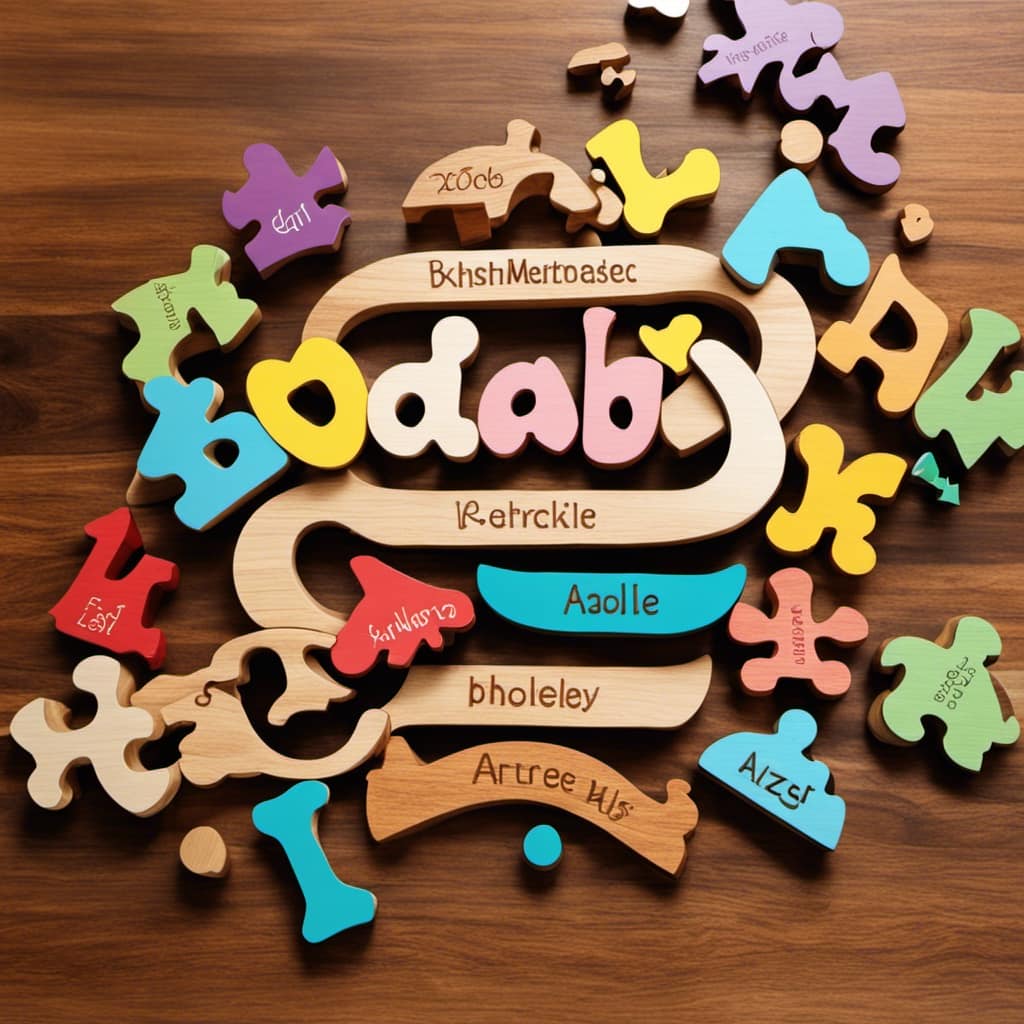
Age-Appropriate Toy Choices
As parents and educators, we prioritize the safety of our children by carefully considering age-appropriate toy choices for an autism-friendly preschool environment. When choosing toys for preschoolers with autism, it’s important to select options that promote engaging play while also aligning with their developmental milestones.
Here are some factors to consider when selecting age-appropriate toys:
-
Cognitive Development:
-
Choose toys that encourage problem-solving skills, such as puzzles or matching games.
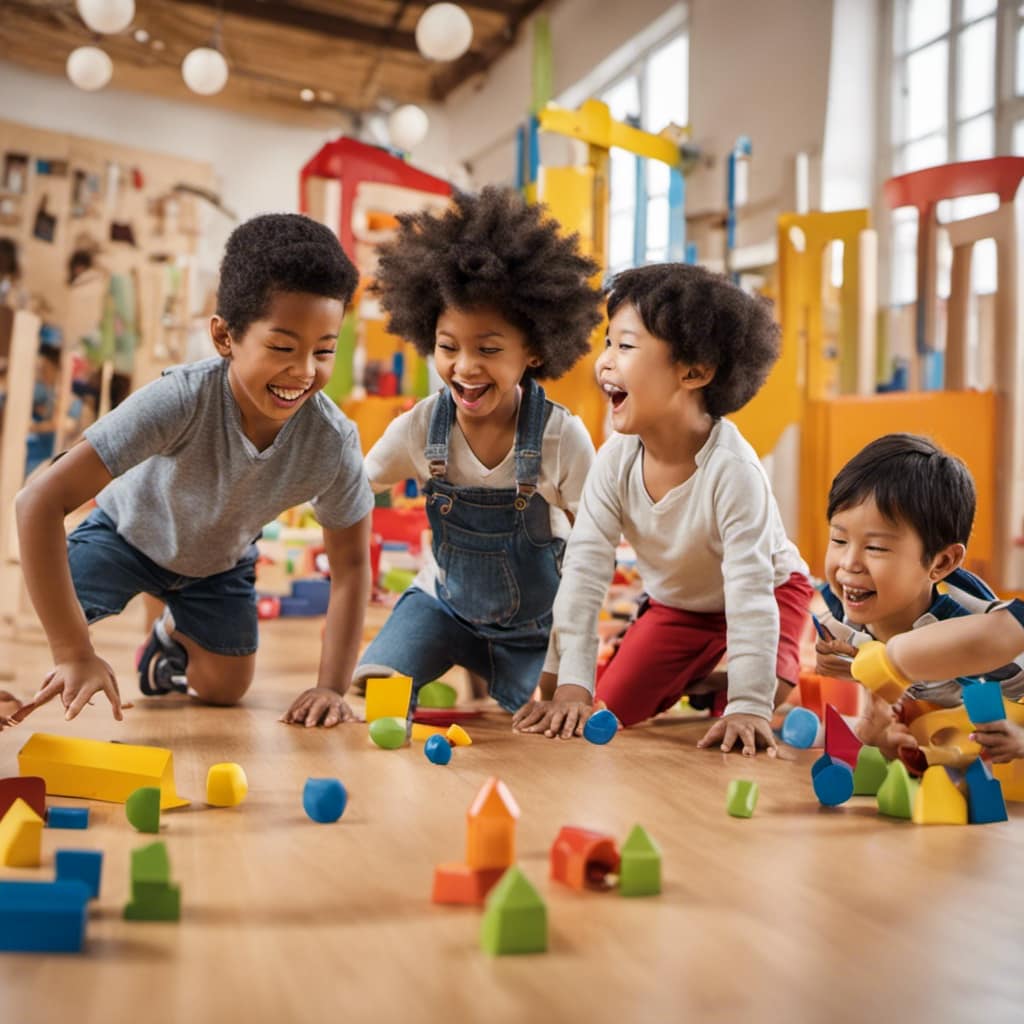
-
Look for toys that promote creativity and imagination, like building blocks or art supplies.
-
Sensory Development:
-
Opt for toys that provide sensory stimulation, such as textured balls or squishy toys.
-
Consider toys that offer different sensory experiences, such as light-up toys or musical instruments.
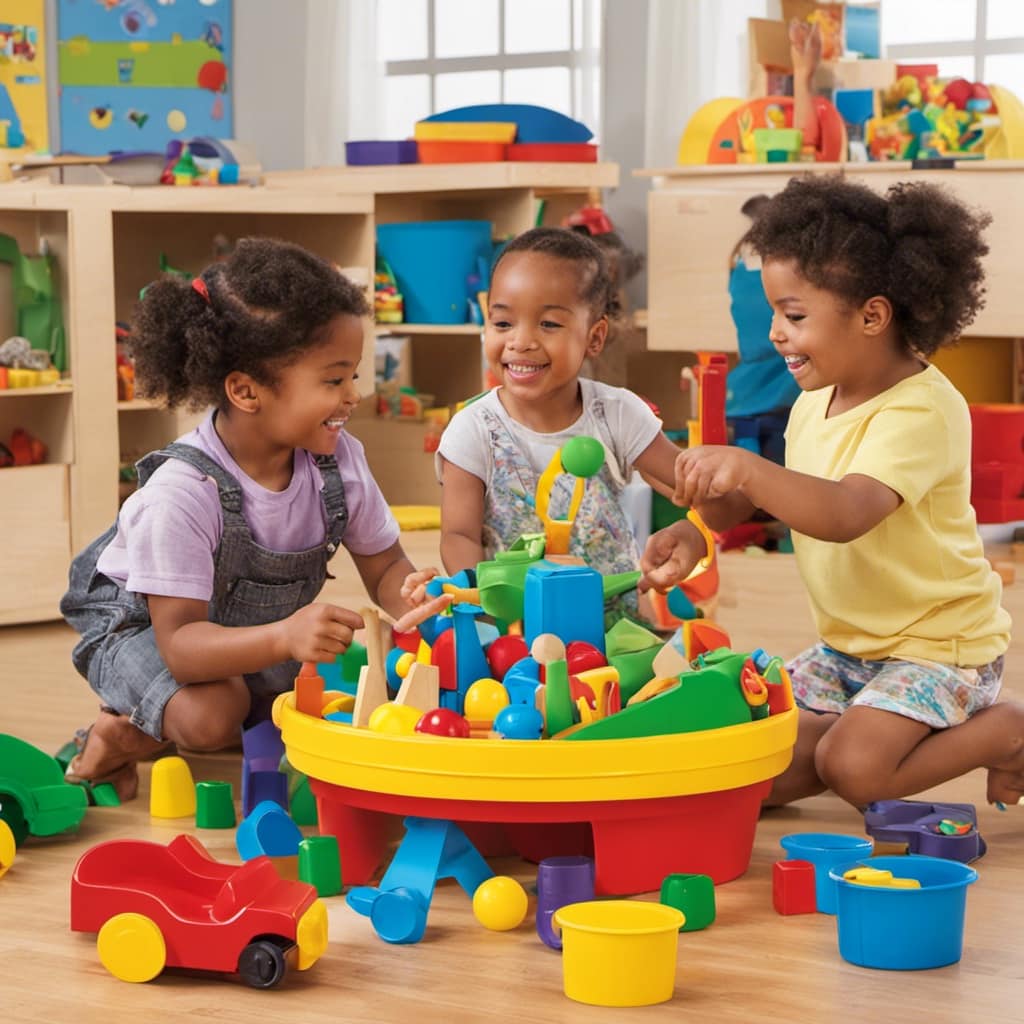
Sensory Stimulation Levels
We prioritize the safety of our children by considering the sensory stimulation levels of toys when choosing autism-friendly preschool sensory toys.
Sensory overload can be overwhelming for children with autism, and it’s important to provide them with toys that promote sensory integration in a safe and controlled manner.
When selecting toys, we carefully assess their sensory features to ensure they don’t cause excessive stimulation or discomfort.
Toys that offer a variety of textures, colors, and sounds can be stimulating for children with autism, but it’s crucial to find a balance that doesn’t overwhelm their sensory system.

Material Safety Guidelines
To ensure the safety of our children, we carefully consider material safety guidelines when selecting autism-friendly preschool sensory toys.
When it comes to choosing the right toys, durability is a key factor. We prioritize materials that are sturdy and able to withstand the wear and tear of daily use. This not only ensures the longevity of the toys but also prevents any potential hazards such as sharp edges or small parts that could pose a choking hazard.
Additionally, we pay close attention to the materials used in the construction of the toys to ensure they’re non-toxic and free from any harmful chemicals.
We understand that children with autism often engage in sensory integration techniques, so we make sure the toys we select provide a safe and stimulating sensory experience.
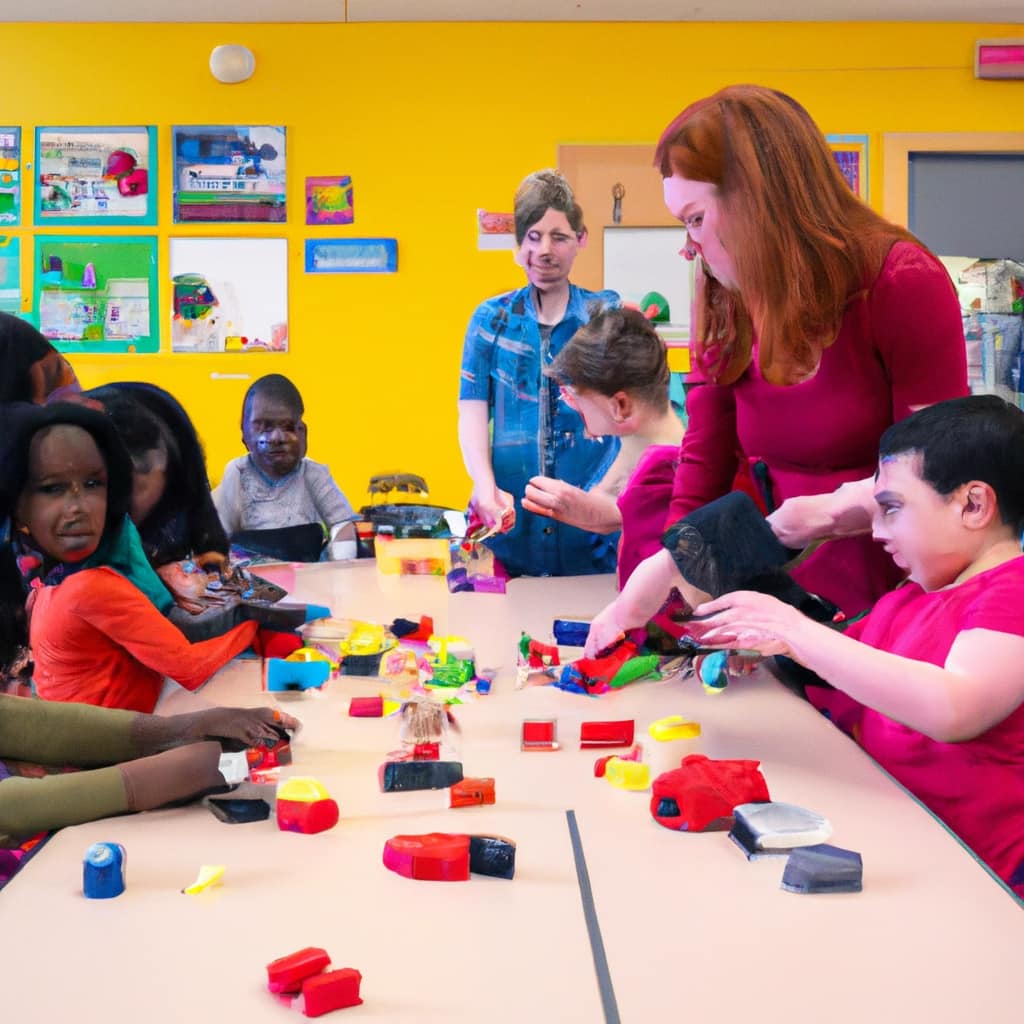
Frequently Asked Questions
Are There Any Specific Toys That Can Help With Language Development in Children With Autism?
There are specific toys that can greatly support language development in children with autism. These toys for cognitive development provide sensory stimulation, encourage communication, and promote social interaction, offering numerous benefits for language growth.
What Are Some Tips for Encouraging Social Interaction Through Sensory Toys?
Encouraging social interaction through sensory toys is crucial for social skills development and reaping the benefits of group play. By providing opportunities for shared experiences, children with autism can enhance their social abilities.
Are There Any Sensory Toys That Can Help With Fine Motor Skills Development?
Fine motor skill activities are crucial for development. Sensory toys for dexterity can greatly aid in this area. They provide opportunities for manipulation and coordination, helping children refine their fine motor skills while engaging their senses.
What Are Some Portable and Travel-Friendly Sensory Toy Options for Children With Autism?
What are some portable and travel-friendly sensory toy options for children with autism? We have a variety of options that are easy to transport and provide sensory stimulation on the go.
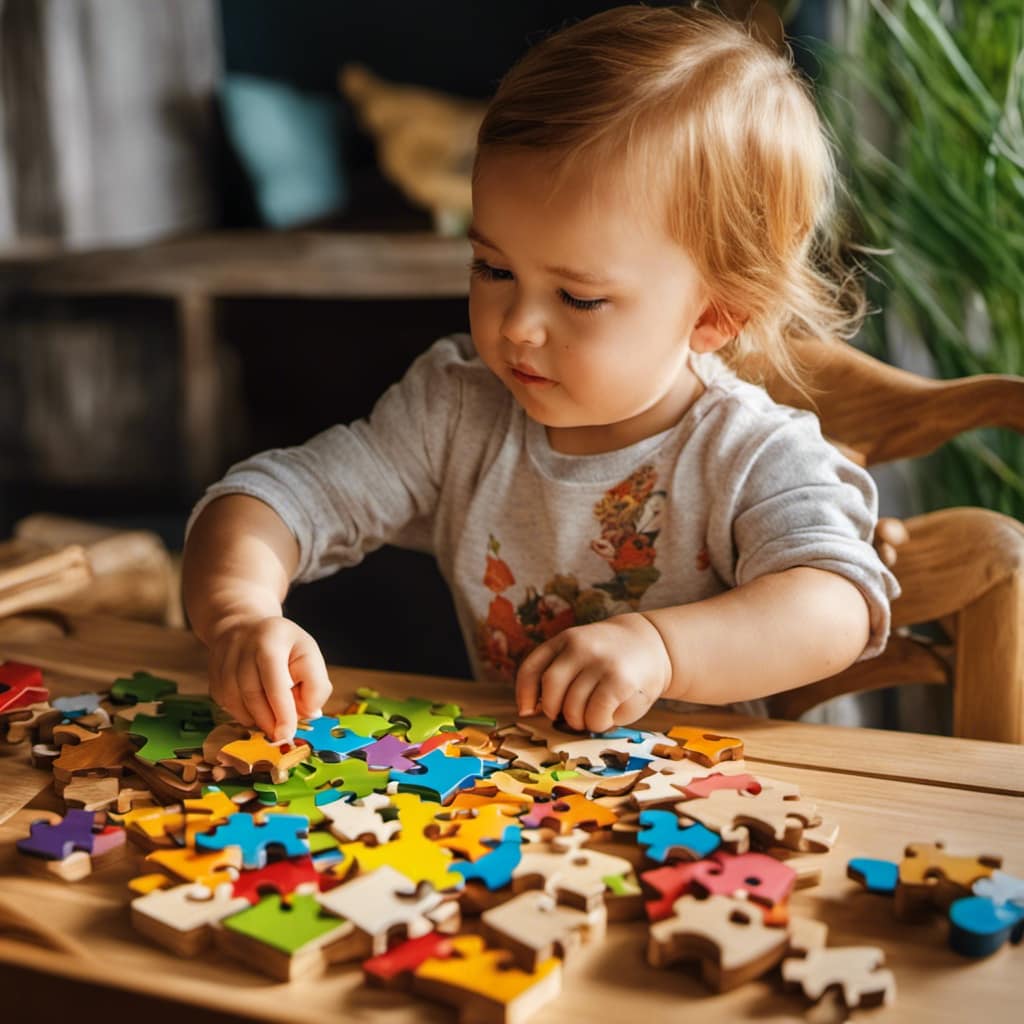
How Can I Ensure the Safety of My Child While Using Sensory Toys at Home?
To ensure our child’s safety while using sensory toys at home, we can follow a few important guidelines. It’s crucial to choose toys that are age-appropriate, free of small parts, and made from non-toxic materials. Additionally, closely supervise playtime and create a safe environment. Sensory toys can greatly benefit children with autism by promoting sensory exploration, calming them, and enhancing their focus and attention.
Conclusion
In conclusion, when choosing sensory toys for an autism-friendly preschool, it’s crucial to consider:
- Age-appropriateness
- Multi-sensory experiences
- Non-toxic materials
- Engaging textures and shapes
- Calming and soothing options
- Social interaction toys
- Portable and travel-friendly choices
- Easy-to-clean toys
- Safety considerations
Remember, each toy is like a colorful puzzle piece, fitting perfectly into the sensory world of a child with autism, creating a vibrant and inclusive learning environment.
Mila, a gifted writer with a heart brimming with enthusiasm for child development and playful learning, is the creative force behind the enchanting narratives and insightful articles that grace Toddler Ride On Toys. With a background in early childhood education and a genuine passion for nurturing young minds, Mila weaves words that captivate, educate, and inspire parents, caregivers, and educators.
Preschool Toys
How to Choose Safe Outdoor Play Equipment for Preschool

We recognize the importance of protecting our children while they explore and play. With so many options available, choosing the right outdoor play equipment for preschoolers can feel overwhelming. But don’t worry, we’re here to guide you through this process.
In this article, we’ll walk you through the process of selecting age-appropriate equipment, checking for safety features, considering materials and durability, and finding the perfect space and location.
Get ready to create a fun and secure outdoor play environment for your preschoolers!
Key Takeaways
- Conduct a thorough risk assessment to determine the suitability of the equipment.
- Select equipment with impact-resistant materials and secure anchoring to prevent injuries.
- Choose materials that are durable, non-toxic, and eco-friendly.
- Prioritize regular maintenance and inspections to ensure safety and longevity of the equipment.
Age-Appropriate Equipment
We will discuss the importance of selecting age-appropriate equipment for preschool outdoor play.
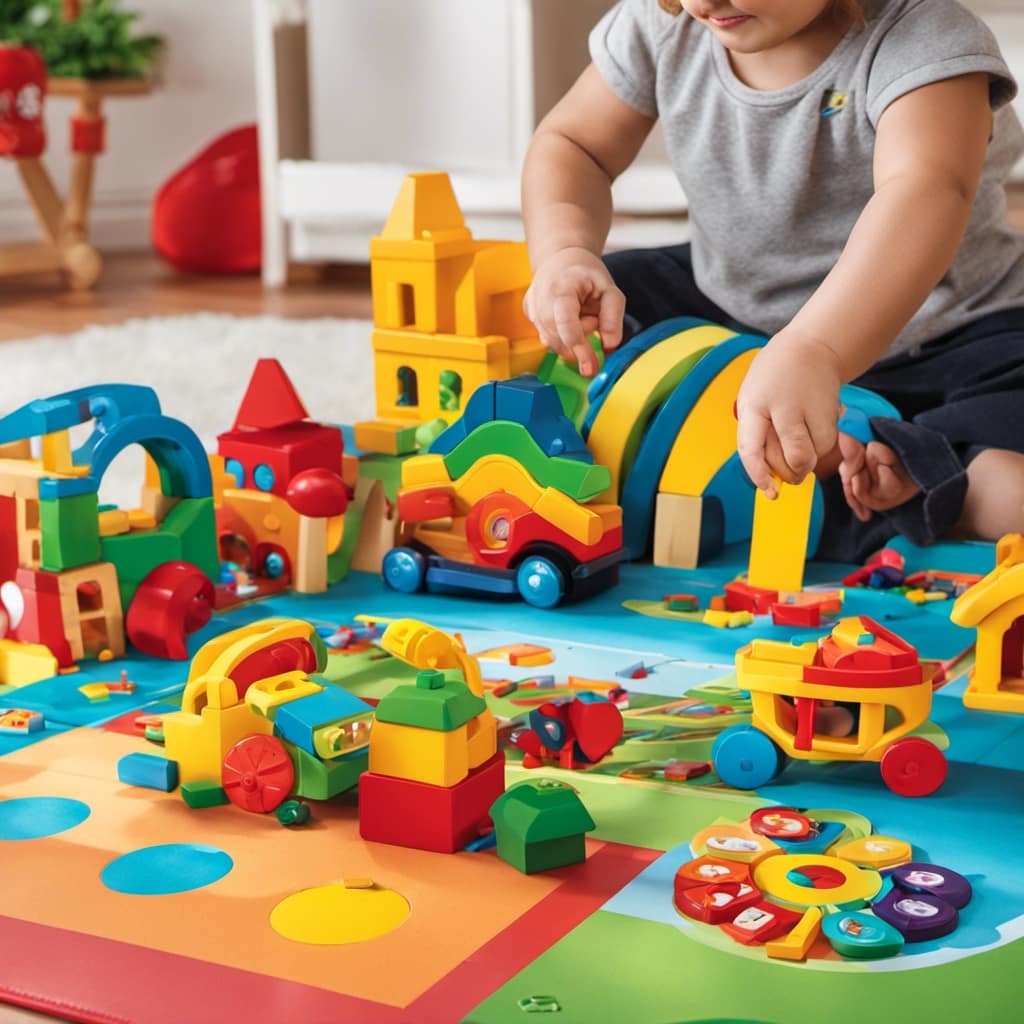
When it comes to outdoor play, ensuring that the equipment aligns with the age group is crucial for the safety and development of preschool children. Conducting a thorough risk assessment is the first step in determining the suitability of the equipment. This assessment should consider factors such as the height, stability, and potential hazards of the equipment.
Additionally, supervision requirements must be taken into account to ensure the safety of the children during playtime. The equipment should be easily visible and accessible for the supervisors to effectively monitor the children.
Safety Features to Look for
When selecting outdoor play equipment for preschool, it’s important to regularly inspect and maintain the safety features. Here are three key safety features to look for:
-
Impact resistance: Choose equipment that’s designed to withstand the impact of active play. Look for materials that are durable and can absorb shock, such as rubberized surfaces or foam padding. This will help minimize the risk of injuries from falls or collisions.

-
Secure anchoring: Ensure that the play equipment is securely anchored to the ground. Look for equipment that has proper anchoring systems, such as buried posts or concrete footings. This will prevent the equipment from tipping over or moving during play, reducing the risk of accidents.
-
Protective barriers: Check if the equipment has appropriate protective barriers in place. For example, slides should have high sides or guardrails to prevent children from falling off. Swings should have sturdy seats and chains with adequate spacing to prevent entanglement.
Material Selection
To choose the appropriate materials for outdoor play equipment in a preschool setting, it’s crucial to consider their durability and safety features. In addition to these factors, it’s important to also take into account the environmental impact and cost effectiveness of the materials.
When it comes to environmental impact, it’s best to opt for materials that are eco-friendly and sustainable. Look for equipment made from recycled materials or those that can be easily recycled at the end of their lifespan. This not only reduces waste but also teaches children about the importance of sustainability.

Cost effectiveness is another important consideration. While high-quality materials may come with a higher upfront cost, they tend to be more durable and require less maintenance, making them a better long-term investment.
It’s important to strike a balance between environmental impact and cost effectiveness when selecting materials for outdoor play equipment in a preschool setting.
Maintenance and Durability
Considering the importance of maintaining safe outdoor play equipment in a preschool setting, it’s essential to prioritize durability and regular upkeep. By ensuring that the equipment is well-maintained, you can extend its lifespan and provide a safe and enjoyable environment for the children.
Here are three key factors to consider when it comes to maintenance and durability:
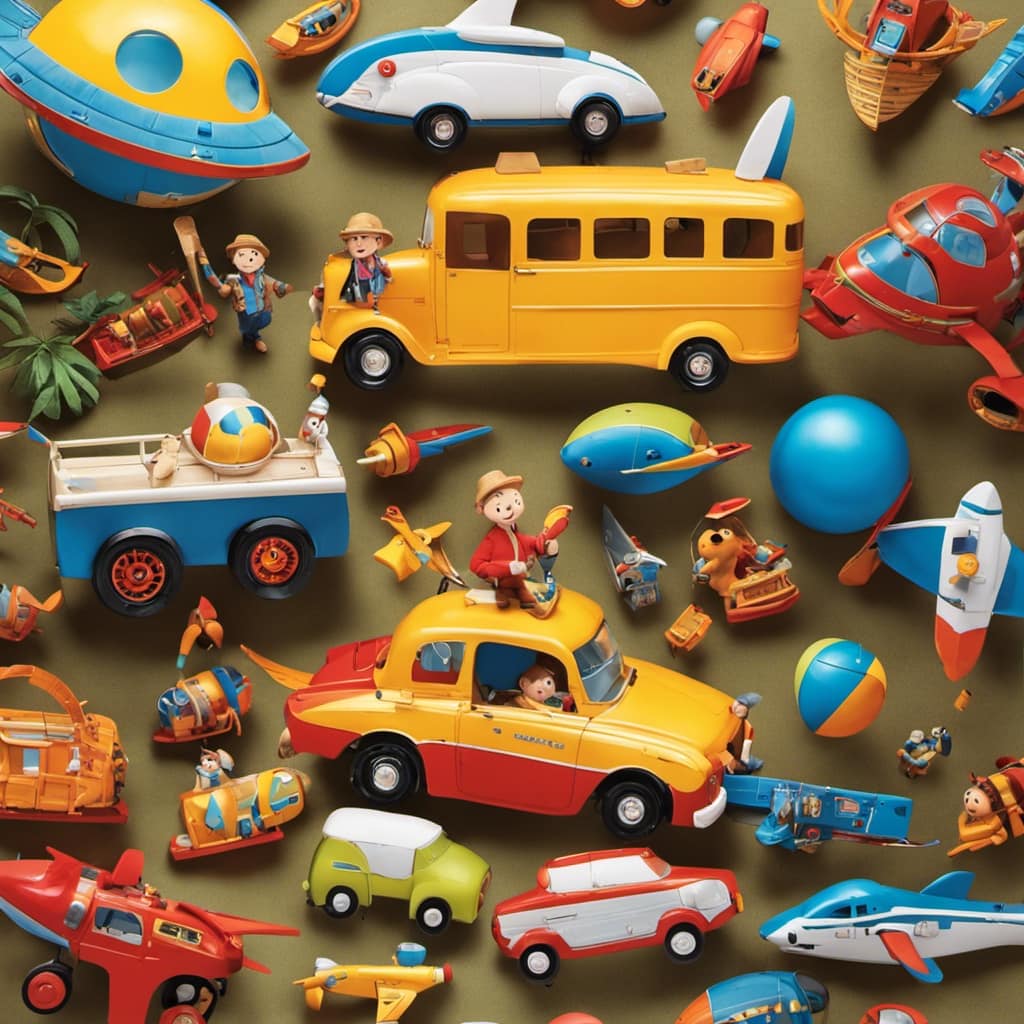
-
Quality Materials: Opt for play equipment made from durable materials such as stainless steel or high-density polyethylene. These materials are resistant to rust, corrosion, and fading, making them ideal for long-term use.
-
Regular Inspections: Conduct regular inspections to identify any signs of wear and tear, such as loose bolts, cracked surfaces, or frayed ropes. Addressing these issues promptly can prevent accidents and prolong the life of the equipment.
-
Proper Cleaning: Develop a cleaning schedule and use appropriate cleaning products to remove dirt, debris, and germs from the equipment. Regular cleaning not only maintains the aesthetics but also ensures the safety and hygiene of the children.
Investing in high-quality, well-maintained outdoor play equipment is a long-term investment that promotes the safety and development of the children in your preschool. Regular inspections and proper maintenance will help ensure that the equipment remains in top condition for years to come.
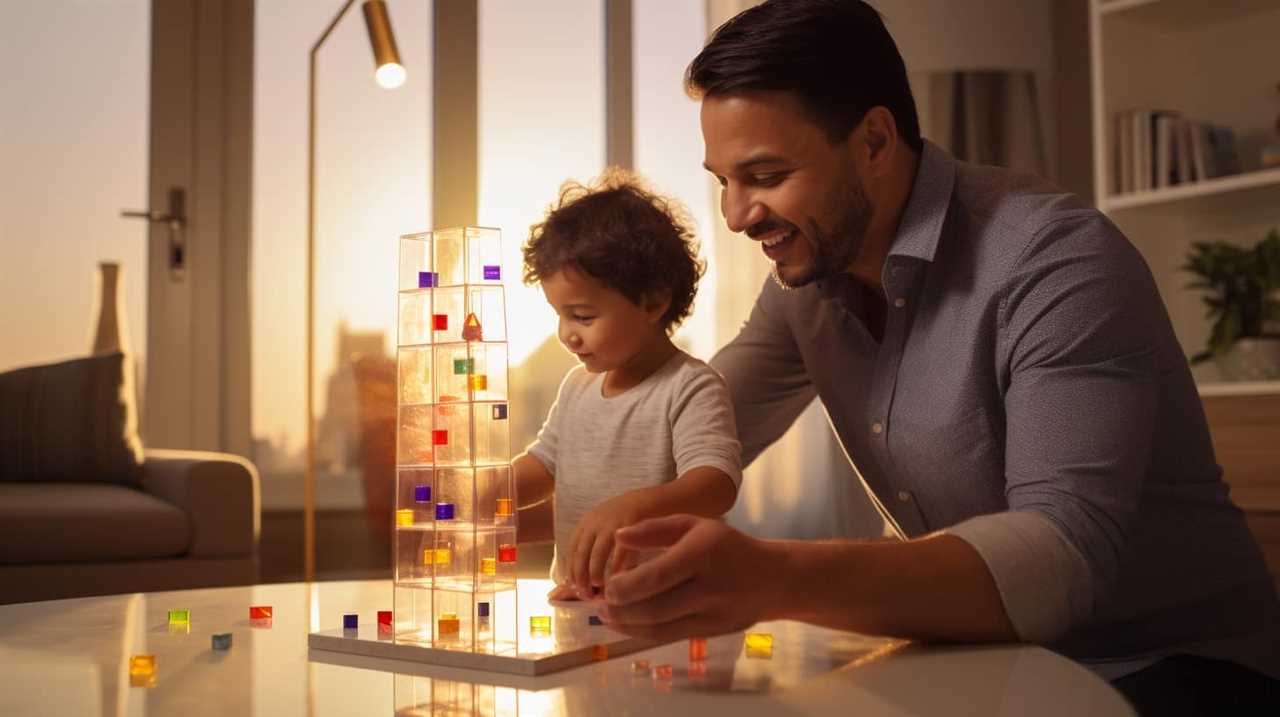
Consideration of Space and Location
Now, let’s delve into the important aspect of selecting outdoor play equipment for preschool – considering the available space and the ideal location for installation.
When choosing play equipment, it’s essential to consider the supervision requirements and accessibility considerations.
First, consider the supervision requirements. Ensure that the play equipment can be easily monitored by teachers or caregivers. Opt for equipment that allows for clear sightlines, minimizing blind spots where children could potentially get injured without immediate adult intervention. Additionally, consider the layout of the play area and how it can be organized to facilitate effective supervision.
Second, think about accessibility considerations. Ensure that the play equipment is accessible to all children, including those with disabilities or limited mobility. Choose equipment with ramps, handrails, and wide pathways to accommodate children with wheelchairs or other assistive devices. Additionally, consider the distance between the equipment and other structures to allow for easy movement and inclusion.
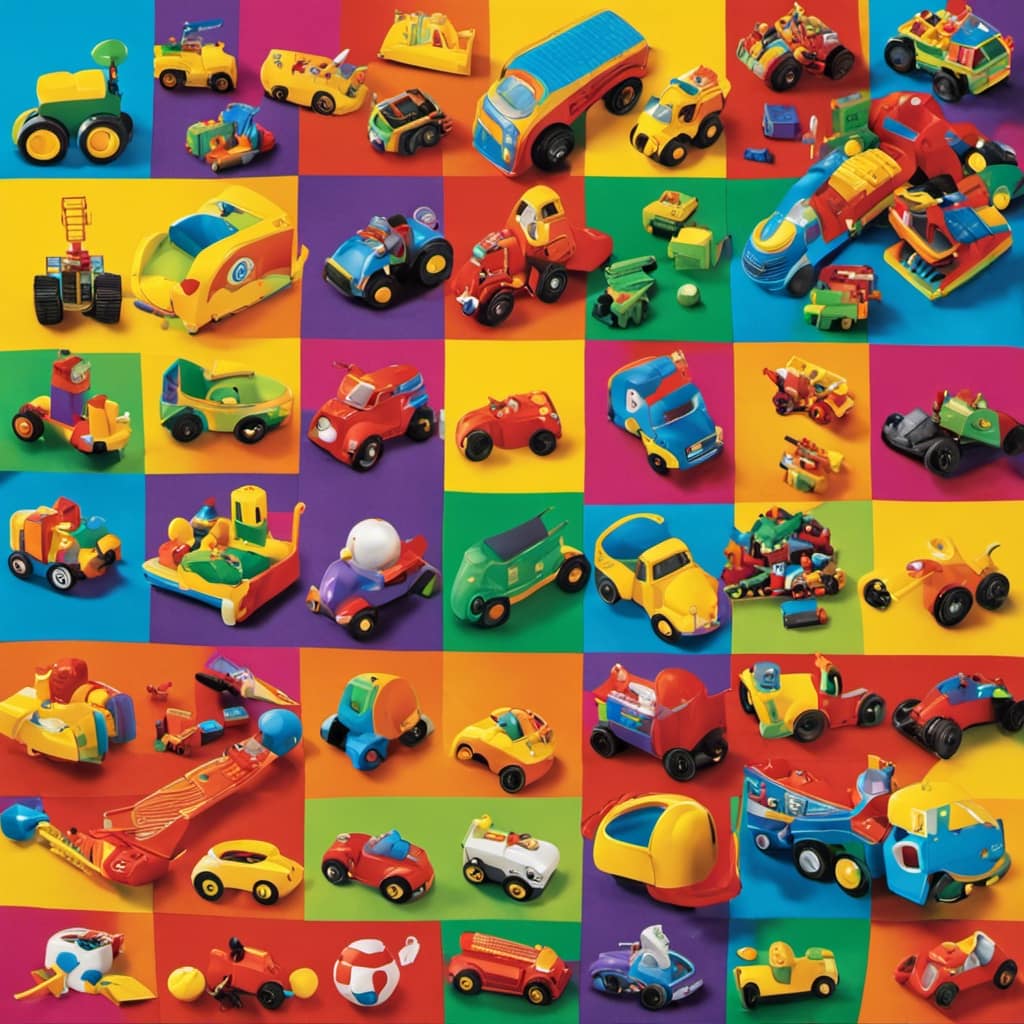
Frequently Asked Questions
Are There Any Specific Guidelines or Regulations for Outdoor Play Equipment in Preschools?
There are specific guidelines and regulations for outdoor play equipment in preschools to ensure safety. Supervision is important in outdoor play areas, and incorporating nature into outdoor play spaces has many benefits.
What Are Some Common Safety Hazards to Watch Out for in Outdoor Play Equipment?
When choosing outdoor play equipment for preschool, it’s important to be aware of common safety hazards like sharp edges and unstable structures. We should also consider guidelines and regulations, such as age appropriateness and adherence to ASTM standards.
Can Outdoor Play Equipment Be Customized or Modified to Meet Specific Safety Requirements?
Yes, outdoor play equipment can be customized or modified to meet specific safety requirements. There are various customization options available, such as adding safety features or adjusting equipment height, ensuring a safe and enjoyable play experience for preschool children.
How Often Should Outdoor Play Equipment Be Inspected for Maintenance and Repairs?
Regular equipment maintenance offers numerous benefits, such as prolonging the lifespan of outdoor play equipment and ensuring the safety of preschoolers. By inspecting for signs of wear and tear, we can identify potential hazards and address them promptly.
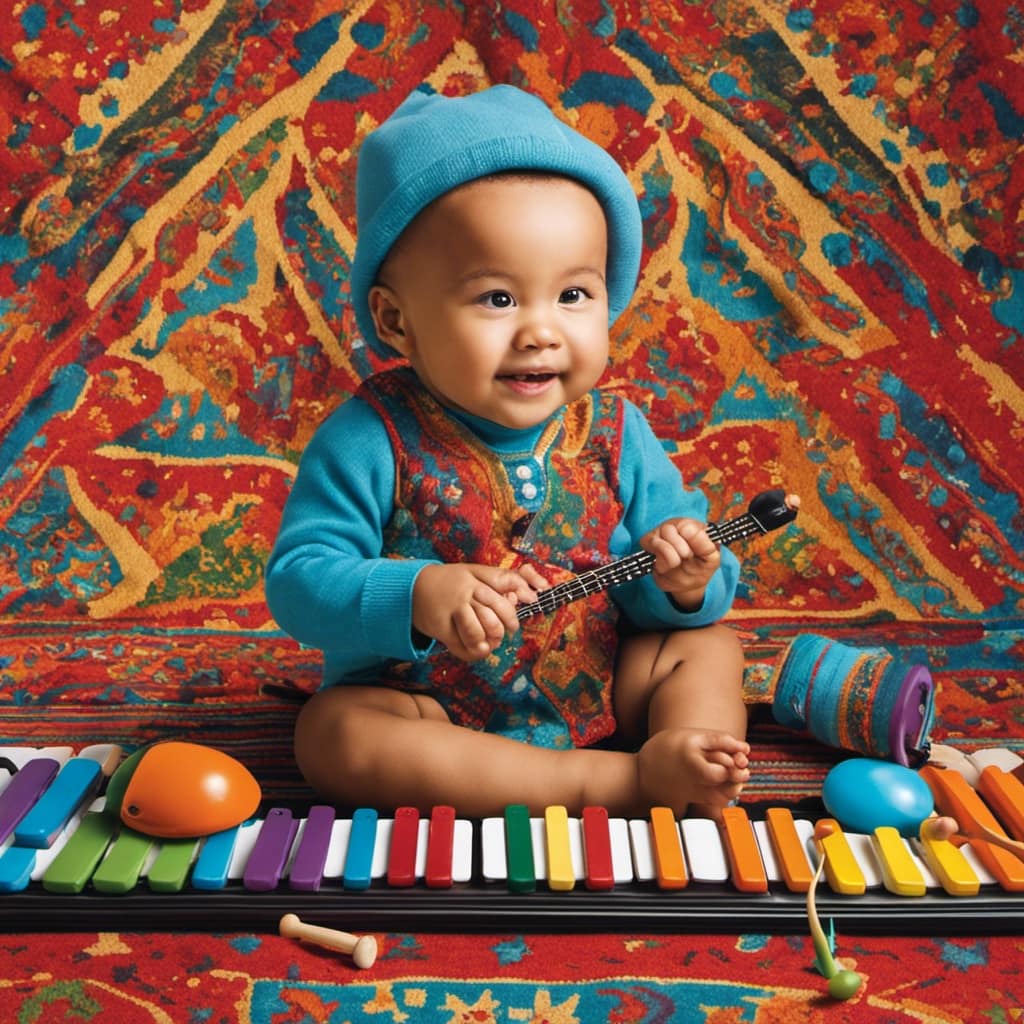
What Is the Ideal Ratio of Outdoor Play Equipment to the Number of Children in a Preschool?
When it comes to the ideal ratio of outdoor play equipment to the number of children in a preschool, safety should be a top priority. It’s important to ensure that there is enough equipment to accommodate all the children and promote their physical and cognitive development. Additionally, outdoor play offers numerous benefits, such as improved gross motor skills, social interaction, and creativity.
Conclusion
In conclusion, when it comes to selecting safe outdoor play equipment for preschool, it’s crucial to prioritize age-appropriate options and consider safety features.
Additionally, carefully choose materials that are durable and require minimal maintenance.
Lastly, take into account the space and location to ensure the equipment fits well and promotes a safe and enjoyable play environment.

By following these guidelines, we can create a secure and engaging outdoor play area for our little ones.
Mila, a gifted writer with a heart brimming with enthusiasm for child development and playful learning, is the creative force behind the enchanting narratives and insightful articles that grace Toddler Ride On Toys. With a background in early childhood education and a genuine passion for nurturing young minds, Mila weaves words that captivate, educate, and inspire parents, caregivers, and educators.
Preschool Toys
6 Best Safe and Entertaining Board Games for Preschoolers

Ideas for Discussion:
-
Are there any educational benefits to playing board games for preschoolers?
-
How can board games help in developing social skills and problem solving abilities in preschoolers?
-
Importance of clear and concise instructions for preschoolers in board games.

-
Benefits of board games in developing cognitive skills in preschoolers
Are you ready to embark on a journey of fun and learning with your little ones? Look no further! We’ve handpicked the 6 best board games for preschoolers that are both safe and entertaining.
Get ready to dive into a world of classic games, cooperative adventures, memory challenges, strategy puzzles, educational quests, and interactive play. These games are designed to engage young minds and promote critical thinking skills.
Let’s explore the wonders of board games together!
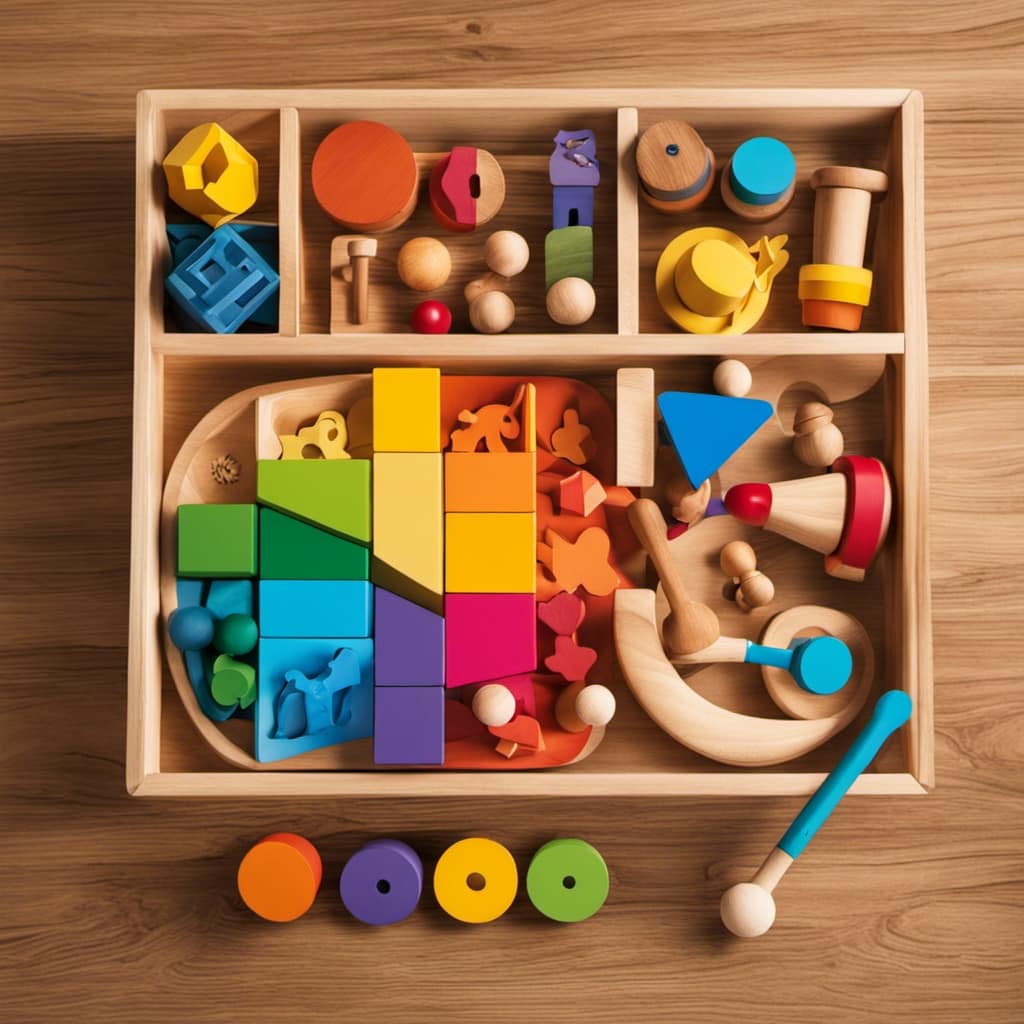
Key Takeaways
- Classic board games like Candy Land, Chutes and Ladders, and Hi Ho! Cherry-O are engaging and educational for preschoolers, teaching essential skills like counting, color recognition, and turn-taking.
- Cooperative games like Race to the Treasure, Hoot Owl Hoot, Outfoxed!, and Stone Soup encourage strategic thinking, cooperation, and social skills.
- Memory and matching games, such as Memory, help develop memory, concentration, and cognitive abilities.
- Strategy and problem-solving games like Memory Match, Connect Four, Puzzles, and Guess Who? enhance critical thinking, deductive reasoning, and problem-solving skills in preschoolers.
Classic Board Games
We love playing classic board games with our preschoolers. Not only are they engaging and educational, but they also provide endless hours of fun for the whole family.
Classic board games like Candy Land, Chutes and Ladders, and Hi Ho! Cherry-O are perfect for teaching young children essential skills such as counting, color recognition, and turn-taking. These games also help develop their fine motor skills as they move their game pieces and make decisions.
The bright colors, simple rules, and familiar characters make these classic board games appealing and accessible to young children. Playing these games together as a family not only strengthens the bond between parents and children but also fosters important social skills like patience, sharing, and sportsmanship.
Transitioning to cooperative games will further enhance their teamwork and problem-solving abilities.
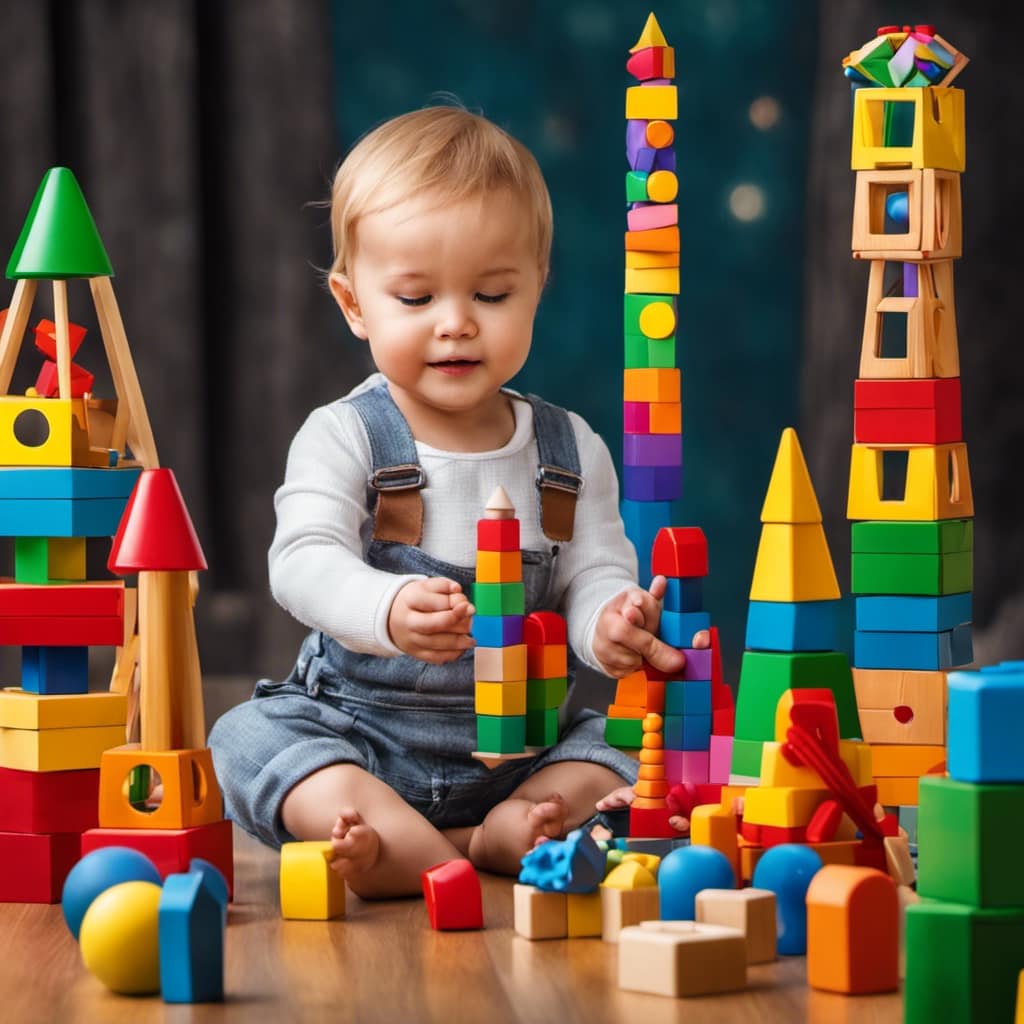
Cooperative Games
For cooperative games, we can explore a variety of options that promote teamwork and problem-solving skills while engaging our preschoolers in a safe and entertaining way. Here are four great choices:
-
Race to the Treasure: In this game, players work together to create a path and collect keys before the ogre reaches the treasure. It encourages strategic thinking and cooperation.
-
Hoot Owl Hoot: This game helps build social skills as players work together to help the owls fly back to their nest before the sun rises. It teaches color recognition and counting.
-
Outfoxed!: In this detective game, players work together to solve the mystery of who stole Mrs. Plumpert’s prized pot pie. It encourages critical thinking and deductive reasoning.
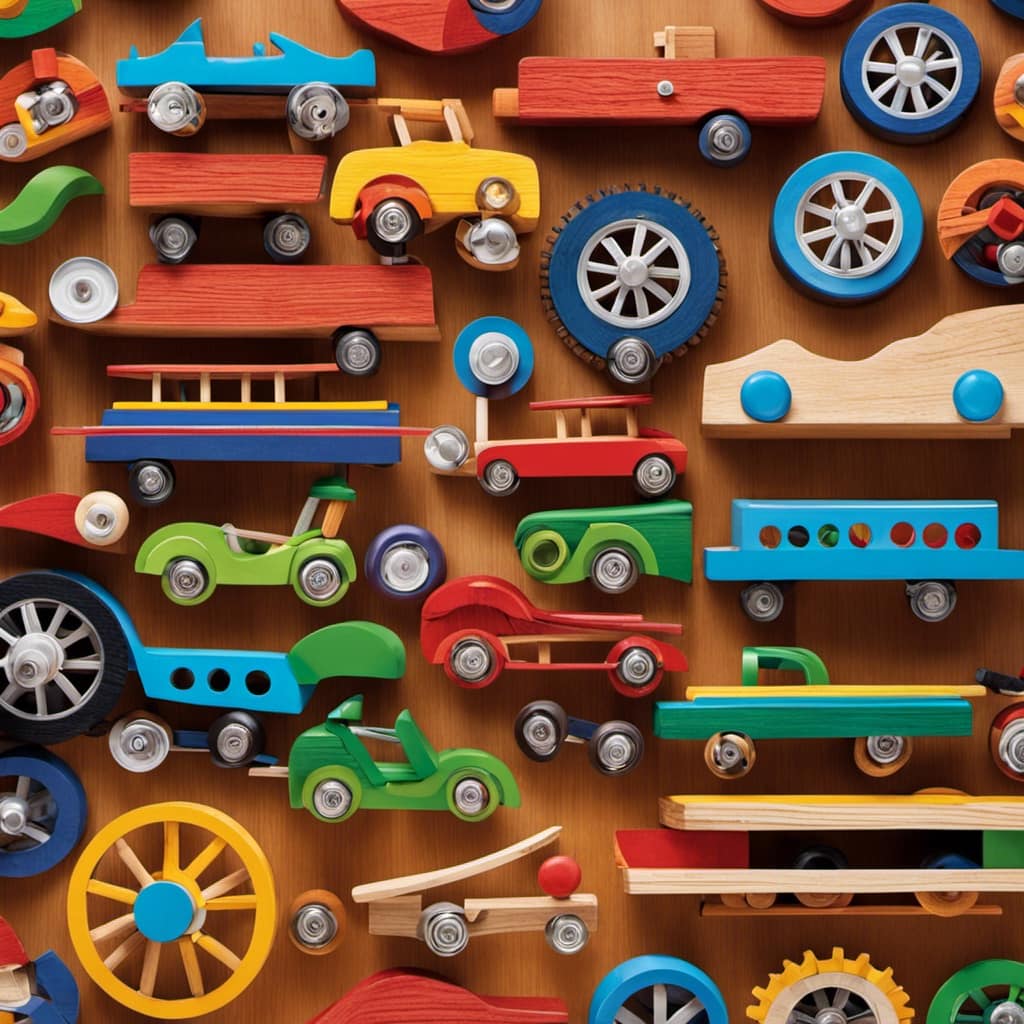
-
Stone Soup: Based on the classic folktale, this game promotes collaboration as players work together to make a delicious soup by collecting ingredients. It teaches sharing and cooperation.
These cooperative games not only provide fun and entertainment but also help preschoolers develop important team-building activities and social skills.
Memory and Matching Games
When it comes to memory and matching games for preschoolers, one popular option is the classic game of Memory. This game isn’t only entertaining but also helps develop crucial skills such as memory and concentration. It requires players to flip over cards and try to find matching pairs. By doing so, children are exercising their visual recognition and recall abilities. They need to remember where they saw different cards and use that information to make matches.
This game is a great way to improve memory skills while having fun. As preschoolers play Memory, they’re honing their ability to focus, pay attention to details, and remember information, all of which are important for their overall cognitive development.
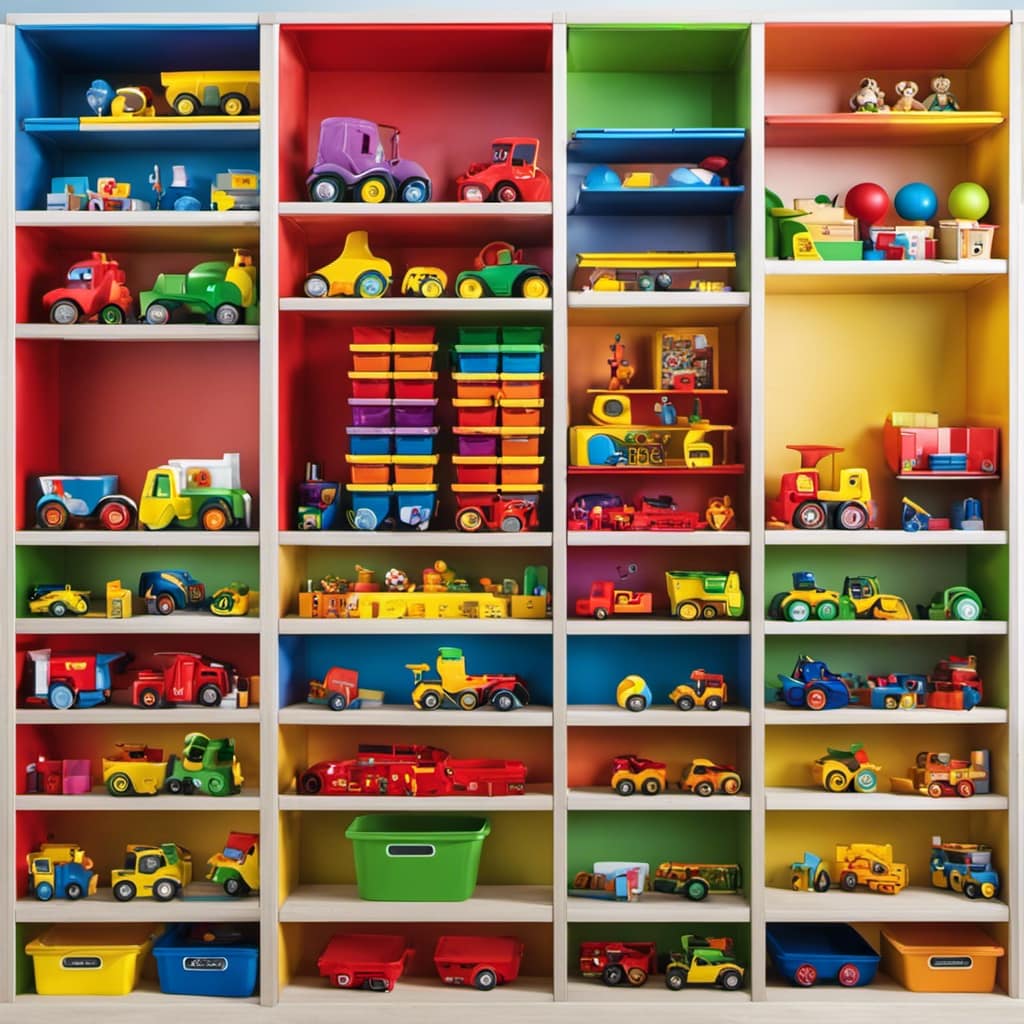
Strategy and Problem-Solving Games
Hey there, fellow parents and caregivers! Now that we’ve covered memory and matching games, let’s turn our attention to strategy and problem-solving games for our little ones.
These types of games aren’t only super fun, but they also help develop early cognitive skills and provide engaging learning experiences.
Early Cognitive Development
We love introducing our preschoolers to strategy and problem-solving games that promote their early cognitive development. These games not only provide hours of fun but also help them develop important skills that will benefit them for years to come.
Here are four fantastic games that can enhance their early problem-solving skills and support their developmental milestones:
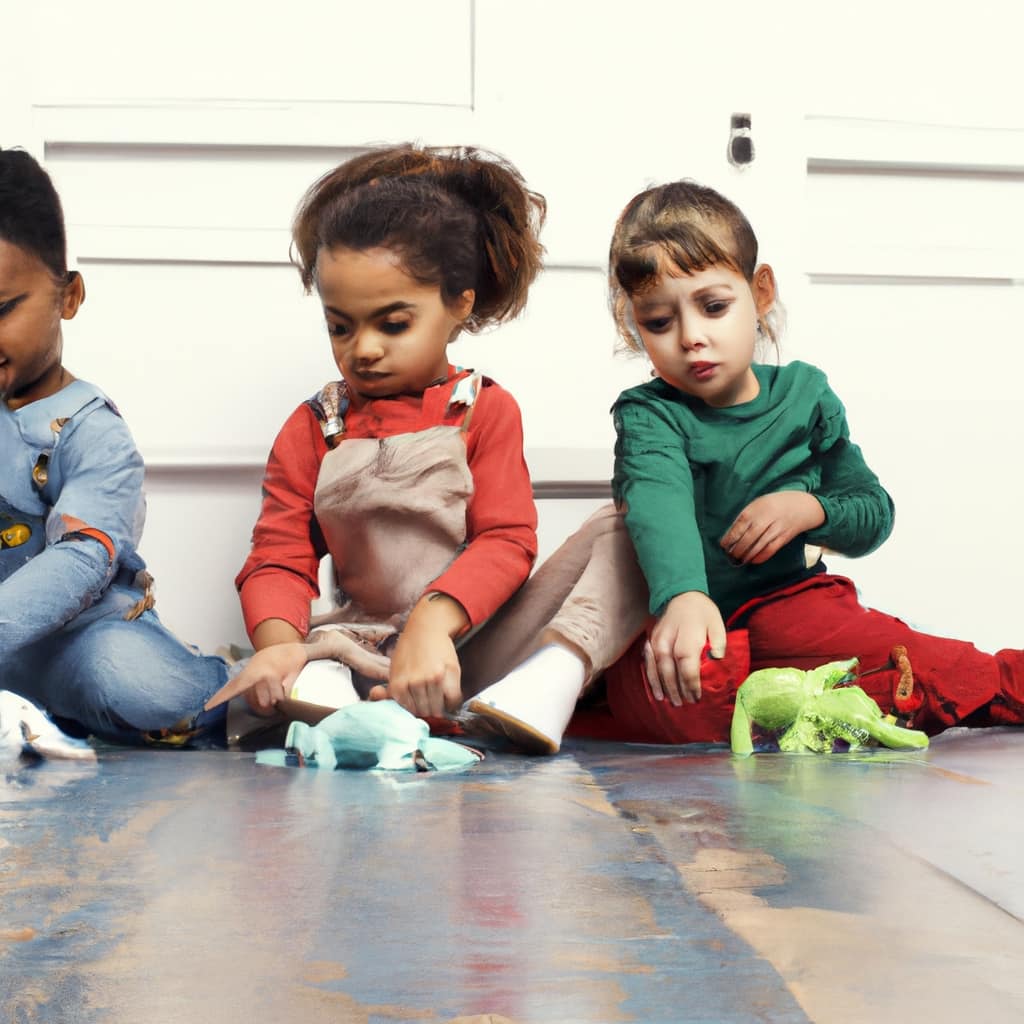
-
Memory Match: This classic game helps preschoolers improve their memory and concentration as they try to match pairs of cards.
-
Connect Four: This game teaches strategic thinking and planning as preschoolers aim to connect four of their colored pieces in a row.
-
Puzzles: Completing puzzles helps preschoolers develop problem-solving skills, spatial awareness, and hand-eye coordination.
-
Guess Who?: This game encourages critical thinking and deductive reasoning as preschoolers ask questions to eliminate potential characters and guess who their opponent has chosen.
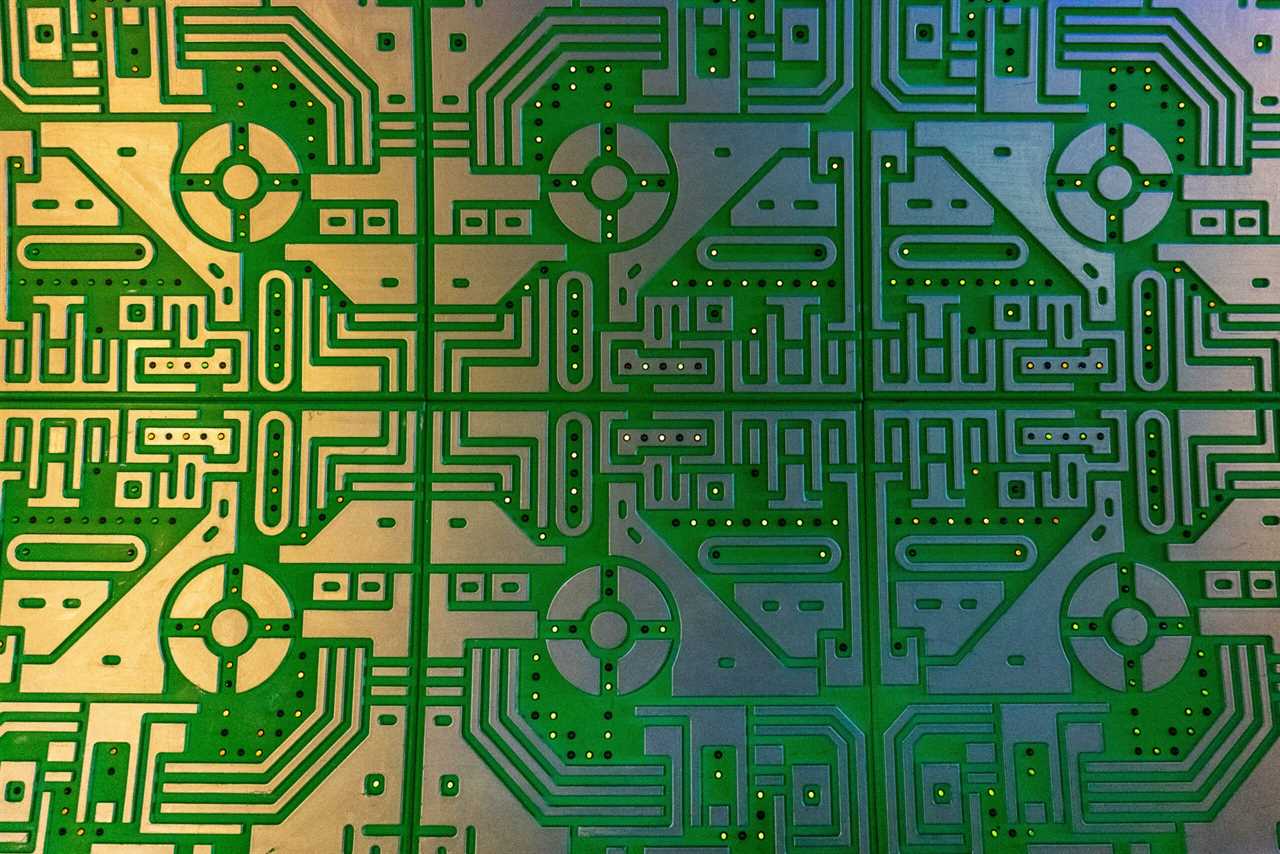
Fun Learning Experiences
Continuing our exploration of early cognitive development, let’s dive into the fun learning experiences provided by strategy and problem-solving games for preschoolers. These interactive play activities aren’t only entertaining but also promote hands-on learning, allowing children to develop critical thinking and problem-solving skills.
One such game is ‘Memory Match,’ where players flip cards over to find matching pairs. This game enhances memory and concentration while providing a challenging and enjoyable experience.
Another great option is ‘Block by Block,’ a puzzle game that involves arranging blocks to form specific shapes. This game helps children develop spatial awareness and logical thinking as they strategize to complete each puzzle.
Lastly, ‘Counting Caterpillar’ is a counting and sequencing game that teaches preschoolers numbers and order. By moving the caterpillar along the board, children practice counting and learn to follow sequential patterns.
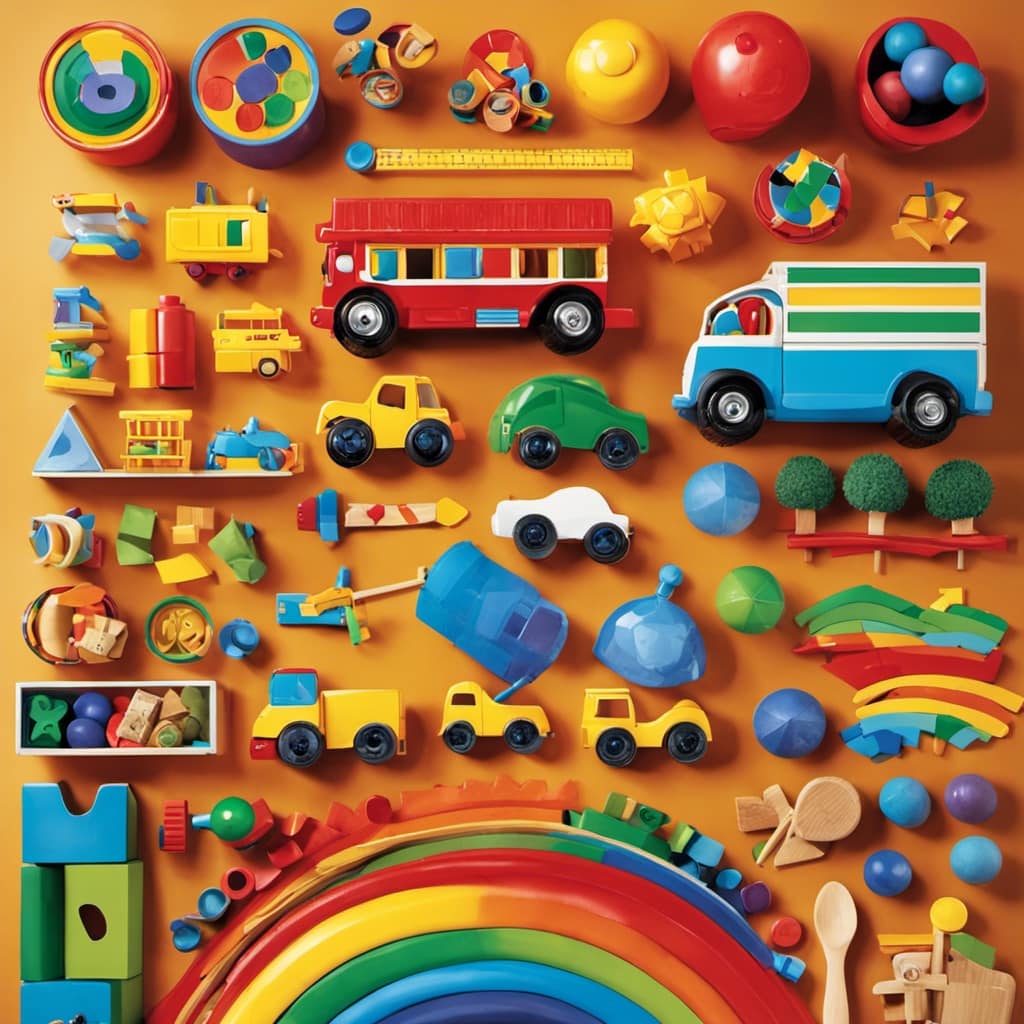
Through these strategy and problem-solving games, preschoolers can engage in interactive play and experience hands-on learning, fostering their cognitive development in a fun and stimulating way.
Educational and Learning Games
Let’s talk about the benefits of educational games for preschoolers!
These games provide interactive learning experiences that engage young minds and help them develop important skills.
Not only are they fun and entertaining, but they also offer valuable educational content that can support early childhood development.
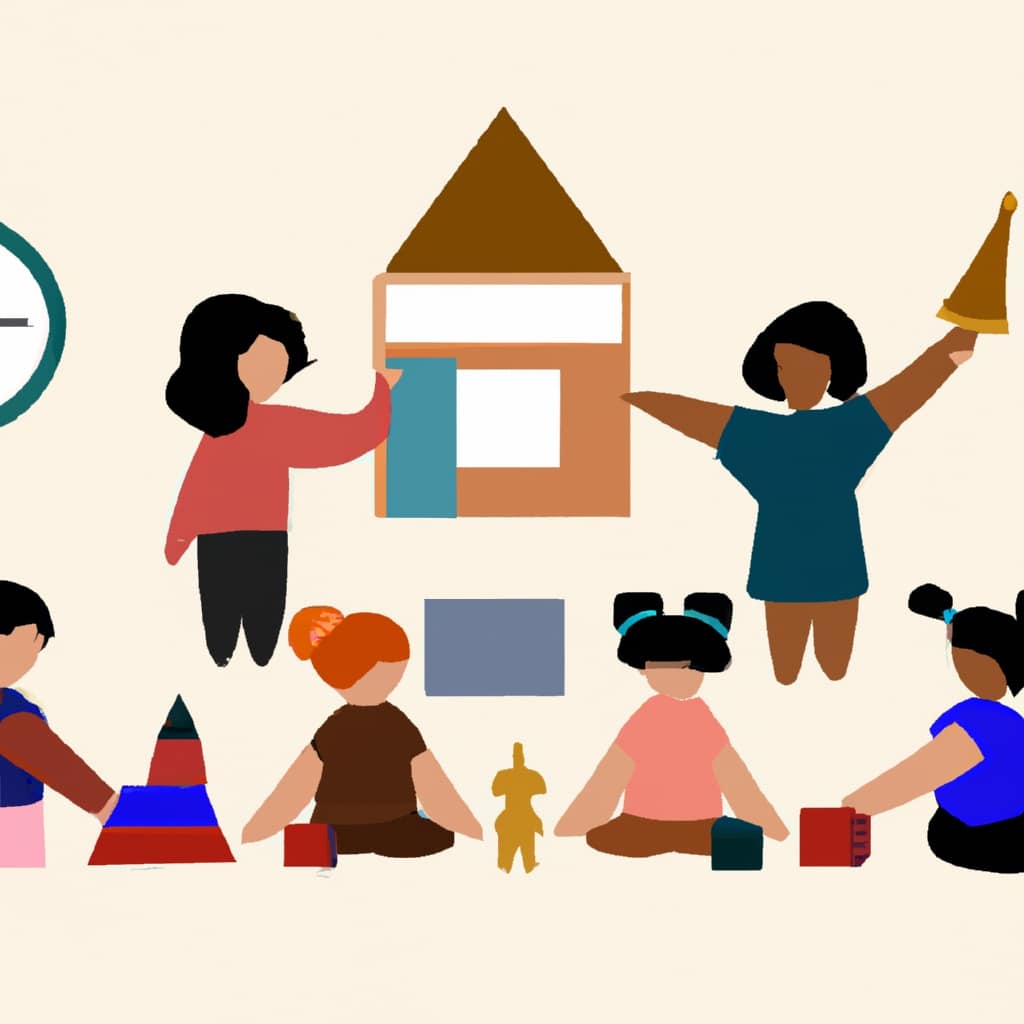
Benefits of Educational Games
Educational games offer a fun and interactive way for preschoolers to learn and develop important skills. Here are four benefits of play-based education:
-
Cognitive Development:
Educational games help preschoolers improve their problem-solving, critical thinking, and decision-making skills. Through interactive learning activities, they learn to analyze situations, make connections, and think creatively. -
Language and Communication Skills:
Playing educational games encourages children to express themselves verbally, ask questions, and engage in conversations. They learn new words, enhance their vocabulary, and develop better communication skills. -
Social and Emotional Development:
By playing games with others, preschoolers learn important social skills such as taking turns, sharing, and cooperating. They also develop empathy, patience, and resilience, which are crucial for building positive relationships.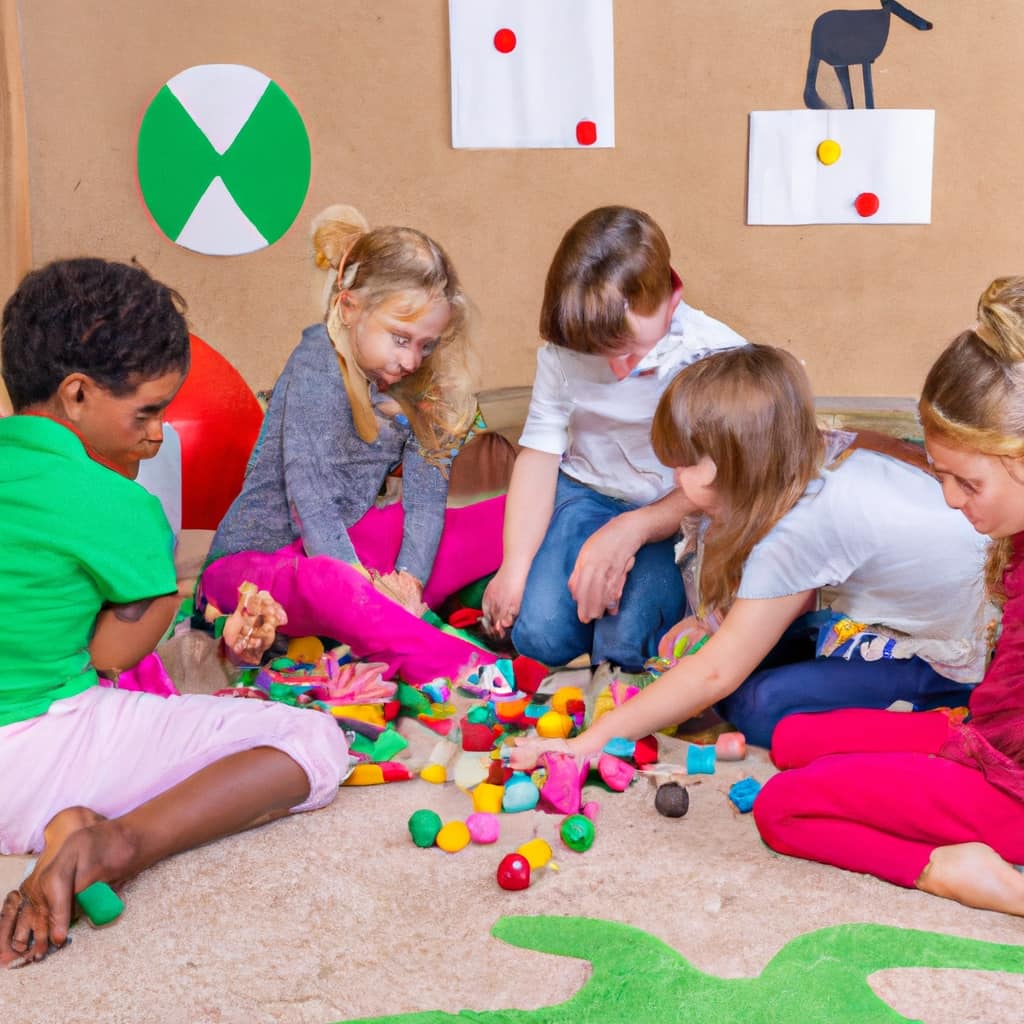
-
Fine and Gross Motor Skills:
Many educational games involve physical movements, which help preschoolers improve their coordination, balance, and motor skills. Whether it’s stacking blocks or throwing a beanbag, these activities promote physical development while learning.
Interactive Learning Experiences
We can enhance our preschoolers’ learning experiences through interactive educational and learning games. By providing hands-on activities and incorporating multi-sensory learning, we can create engaging experiences that promote mastery and understanding.
These games allow children to actively participate and manipulate objects, fostering their cognitive development and problem-solving skills. Through tactile exploration, they can learn about shapes, colors, numbers, and letters. For example, games that involve building blocks or puzzles can help develop their fine motor skills and spatial awareness.
Additionally, interactive games that incorporate sound and music can engage their auditory senses, while games that involve movement can promote physical development.

Engaging and Educational
Continuing our exploration of interactive learning experiences, we can now delve into the realm of engaging and educational board games for preschoolers. These games not only provide fun and interactive activities for young children but also offer hands-on learning experiences.
Here are four exceptional options to consider:
-
ABC Bingo: This game combines the excitement of bingo with alphabet recognition. Kids will have a blast matching letters to the corresponding images on their bingo cards.
-
Counting Caterpillars: In this game, children can practice counting and number recognition as they move their caterpillar along the board. The colorful illustrations and tactile pieces make learning numbers enjoyable.
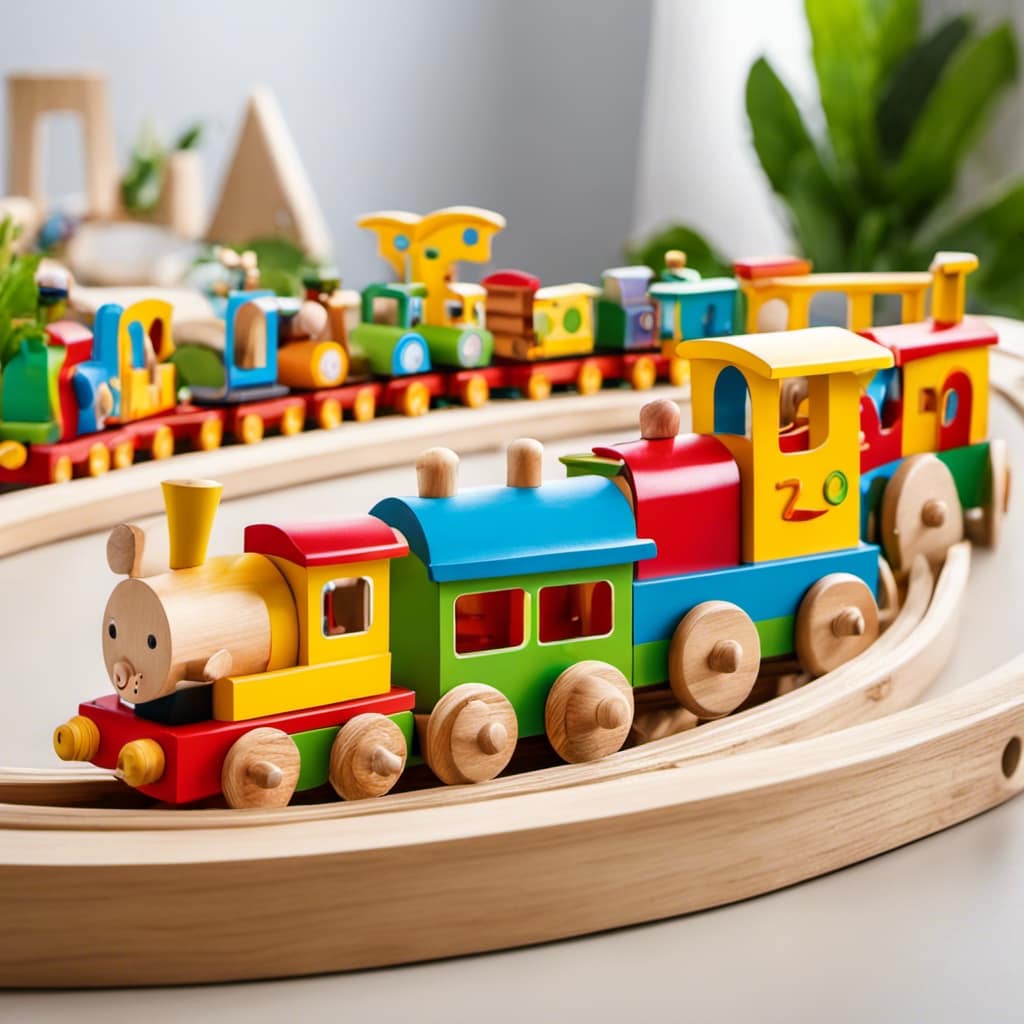
-
Shape Sorter Surprise: This game introduces shapes and spatial reasoning skills. Kids can learn to identify and match different shapes as they place them in the correct slots.
-
Sight Word Safari: Designed to improve reading skills, this game helps preschoolers recognize and memorize common sight words. They’ll embark on an exciting safari adventure while learning essential reading skills.
These engaging and educational board games provide a perfect balance of fun and learning, ensuring that preschoolers have a blast while developing important foundational skills.
Interactive and Engaging Games
Interactive and engaging games bring preschoolers together for fun and laughter while promoting active participation and social interaction. These games not only entertain but also provide hands-on learning opportunities and encourage multiplayer engagement.
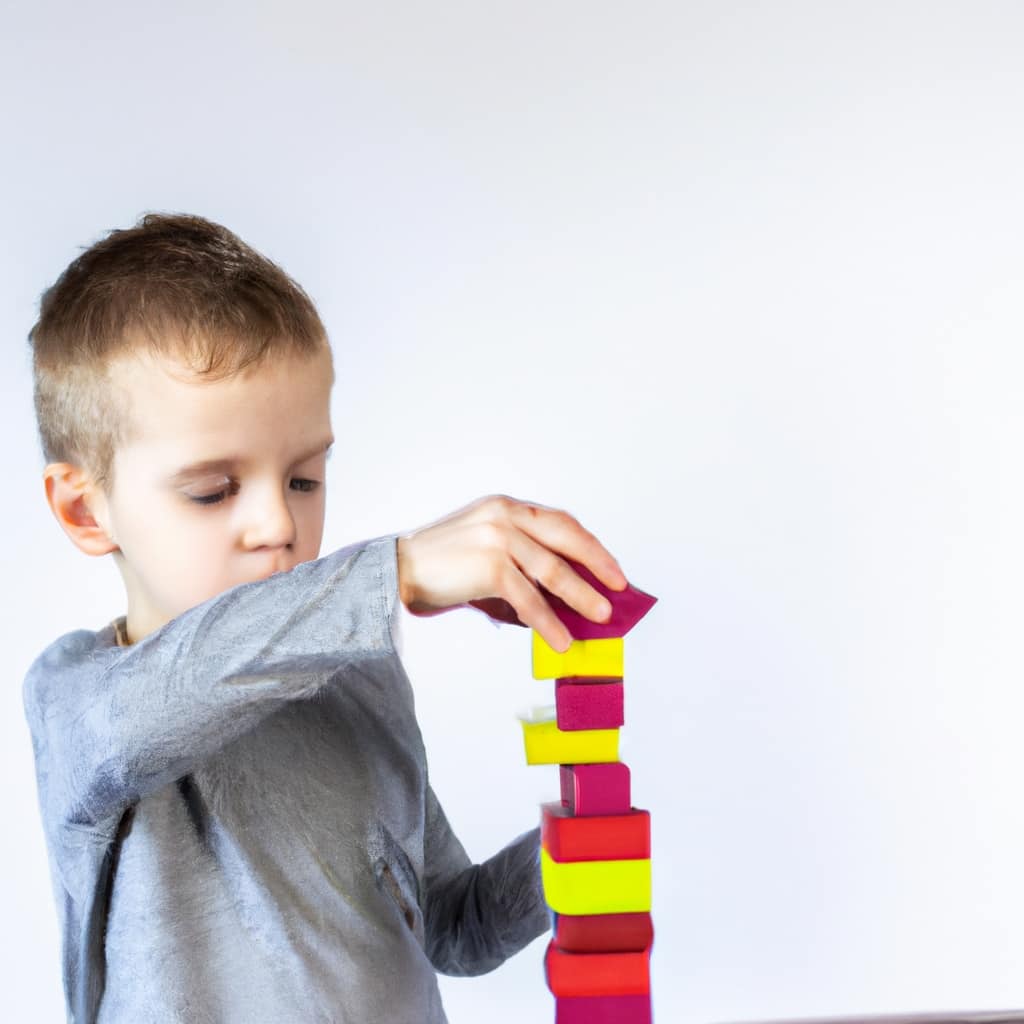
One great example of an interactive and engaging game is "The Floor is Lava." In this game, children have to imagine that the floor is made of lava and try to navigate through the room without touching it. This game promotes physical activity, imaginative play, and problem-solving skills as children strategize how to move from one point to another.
Another exciting game is "Simon Says." This classic game challenges children to follow instructions given by the leader, enhancing their listening skills and gross motor coordination. It also encourages social interaction as children take turns being the leader and issuing commands.
Additionally, "Duck Duck Goose" is a game that promotes social interaction and enhances cognitive skills. Children sit in a circle, and one child walks around tapping their peers’ heads, saying "duck." When they choose someone to be the "goose," that person must chase them around the circle before they can take their seat. This game teaches children about turn-taking, decision-making, and spatial awareness.
| Game Name | Skills Developed | Benefits |
|---|---|---|
| The Floor is Lava | Physical activity, imaginative play, problem-solving skills | Promotes physical activity and imaginative play while developing problem-solving skills. |
| Simon Says | Listening skills, gross motor coordination, social interaction | Enhances listening skills and gross motor coordination while encouraging social interaction. |
| Duck Duck Goose | Social interaction, turn-taking, decision-making, spatial awareness | Enhances social interaction and cognitive skills while teaching turn-taking, decision-making, and spatial awareness. |
Frequently Asked Questions
Are These Board Games Suitable for Children of Different Ages, or Are They Specifically Designed for Preschoolers?
These board games are suitable for children of different ages and are specifically designed for preschoolers. They offer educational benefits, helping to develop social skills and problem-solving abilities in a fun and engaging way.
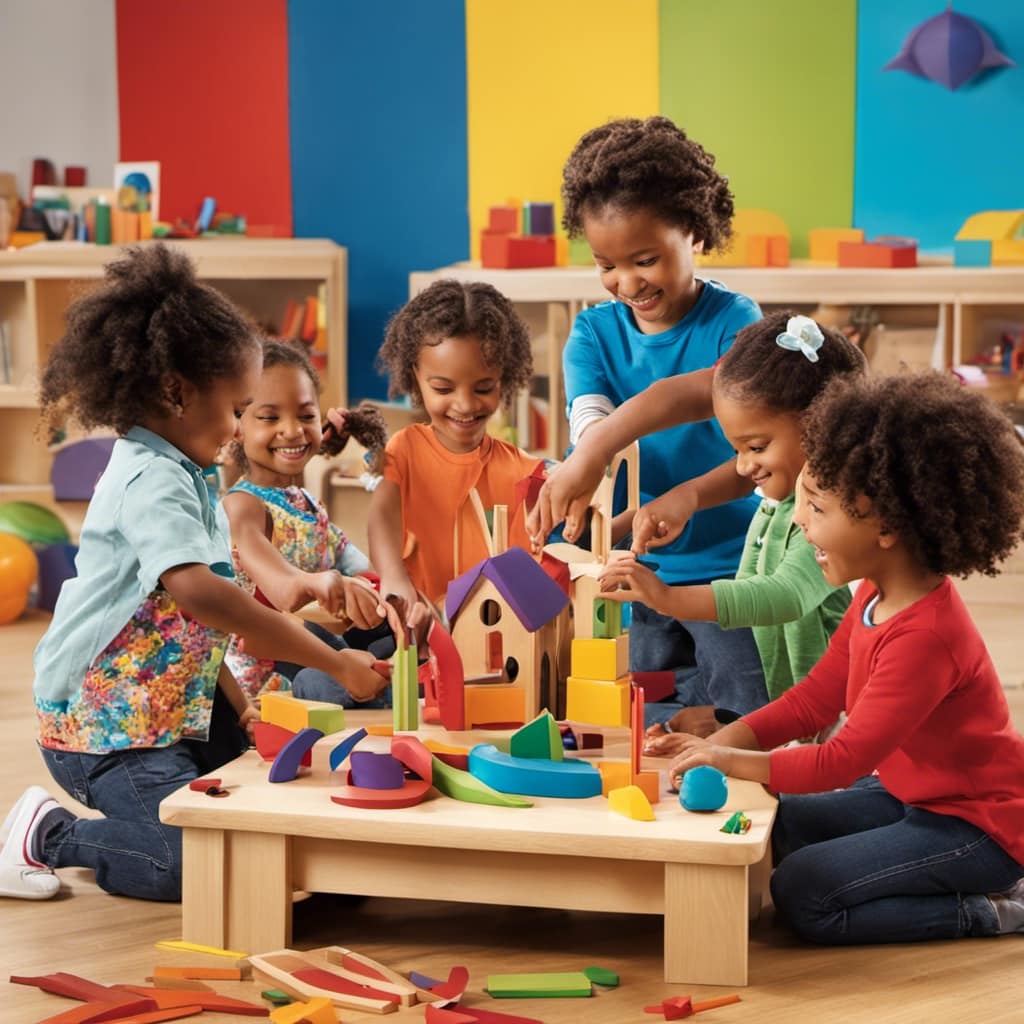
Can These Board Games Be Played by a Single Child, or Do They Require Multiple Players?
Board games for preschoolers can be played solo or with others. Solo play offers benefits like fostering independence and problem-solving skills. To adapt multiplayer games for solo play, modify rules or create imaginary players.
Do These Board Games Come With Age-Appropriate Rules and Instructions That Preschoolers Can Understand?
Yes, these board games come with age-appropriate rules and instructions that preschoolers can easily understand. Clear and concise instructions are important for their learning and cognitive development. It’s beneficial for them to play these games.
Are the Components of These Board Games Safe for Young Children, Such as Small Pieces That Can Be a Choking Hazard?
Yes, the components in these board games are safe for young children. We prioritize their safety by ensuring no small pieces that could be a choking hazard.
Can These Board Games Be Easily Transported and Played On-The-Go, Such as During Family Trips or Vacations?
Yes, these board games can be easily transported and played on-the-go during family trips or vacations. It’s a great way to keep preschoolers entertained and enhance their cognitive skills while traveling.
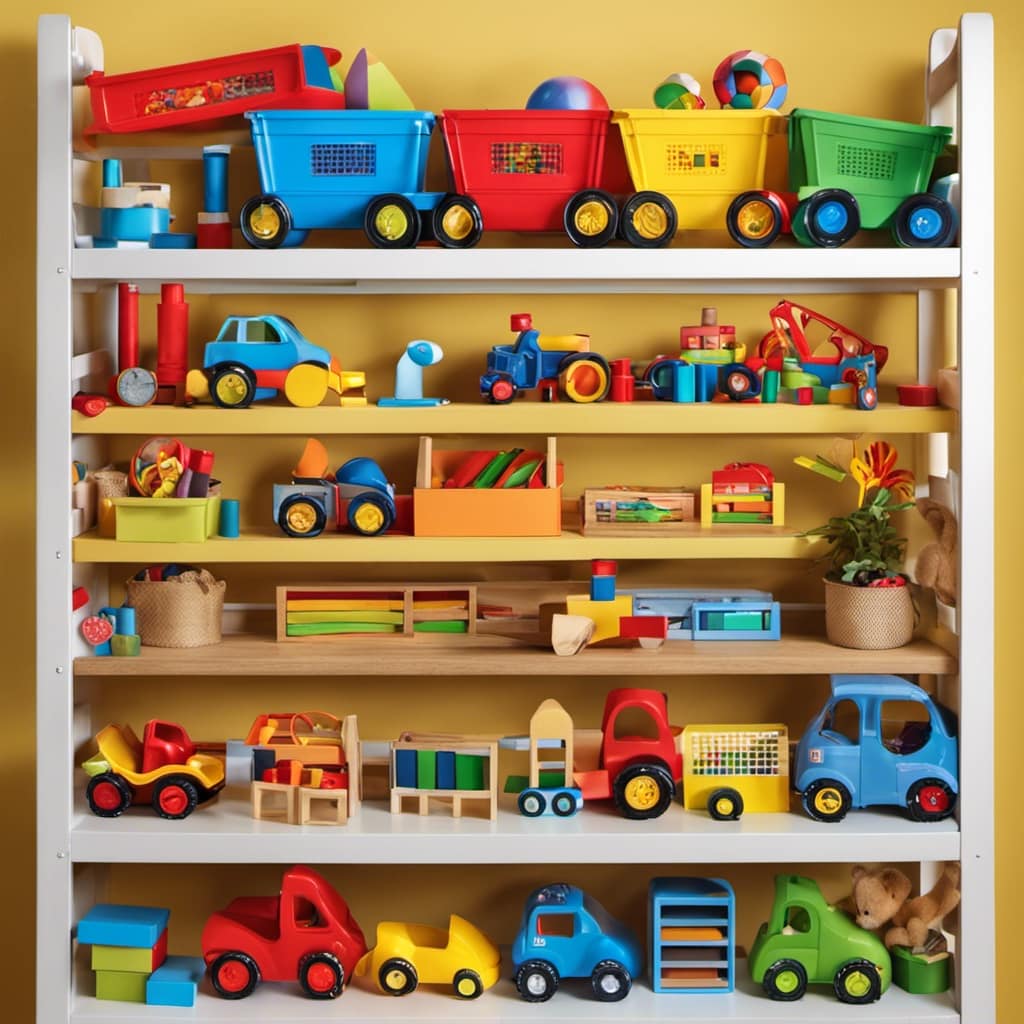
Conclusion
In conclusion, board games can be a fantastic way to entertain and educate preschoolers.
Did you know that playing board games can improve children’s critical thinking skills by 32%?
By engaging in classic board games, cooperative games, memory and matching games, strategy and problem-solving games, educational and learning games, and interactive and engaging games, preschoolers can have a blast while developing important cognitive abilities.
So gather around the table and let the fun and learning begin!
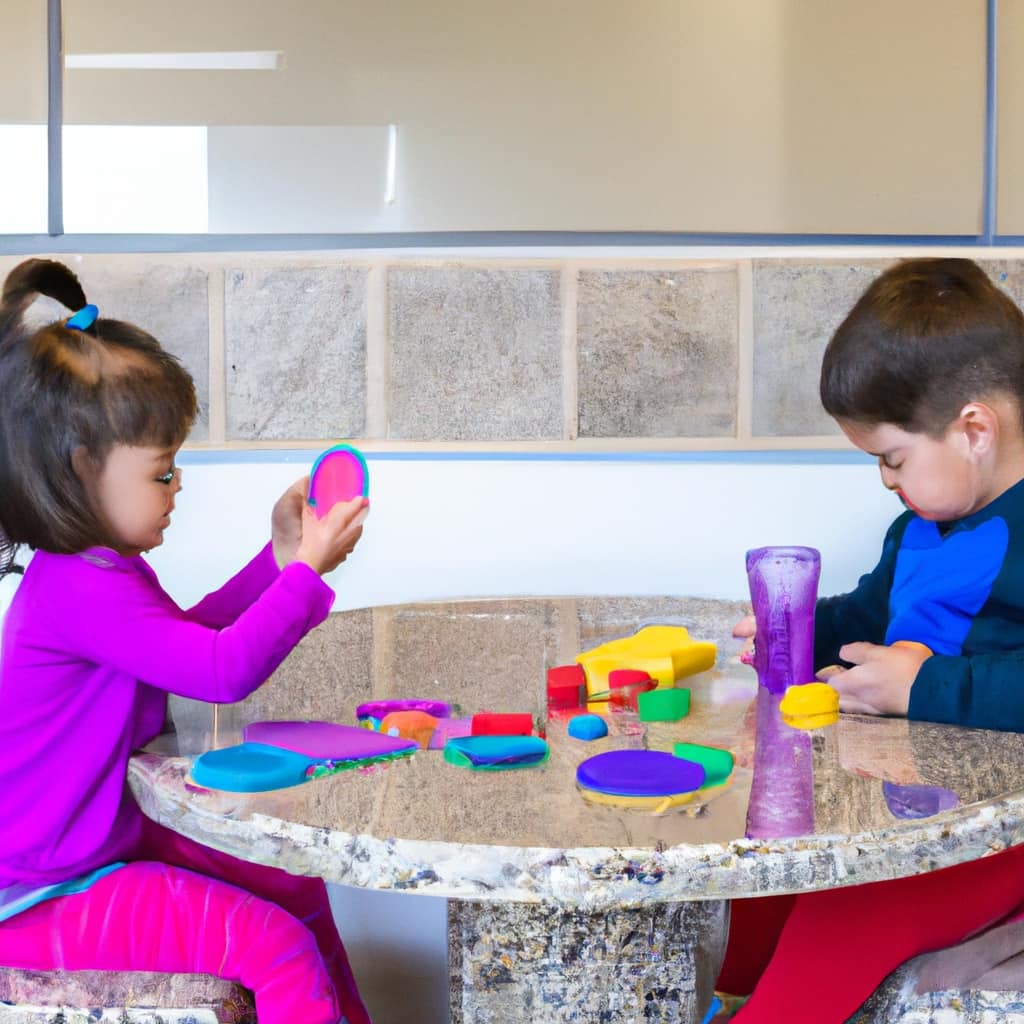
Mila, a gifted writer with a heart brimming with enthusiasm for child development and playful learning, is the creative force behind the enchanting narratives and insightful articles that grace Toddler Ride On Toys. With a background in early childhood education and a genuine passion for nurturing young minds, Mila weaves words that captivate, educate, and inspire parents, caregivers, and educators.
Preschool Toys
5 Best Preschool STEM Toy Reviews for Education
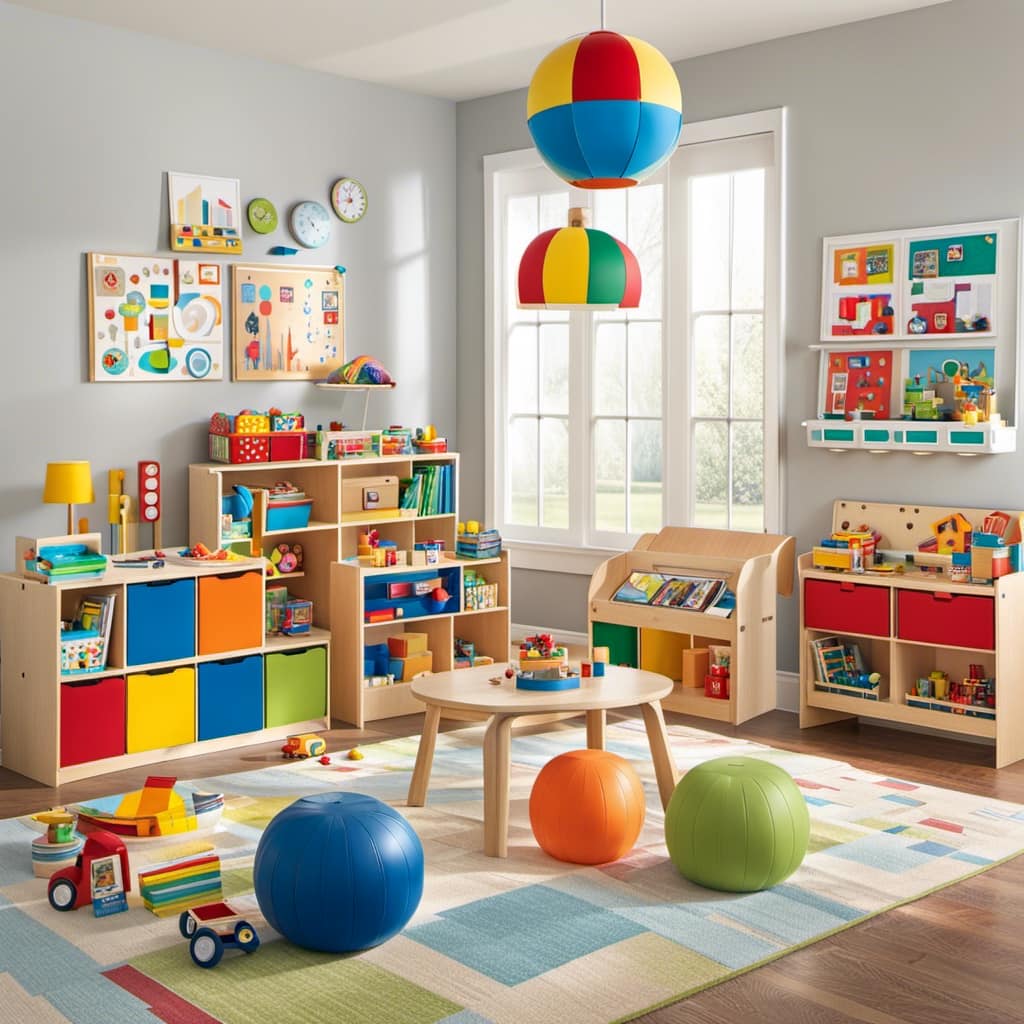
Are you asking yourself, “Can preschoolers really benefit from STEM learning?”
Absolutely! Let us assure you that they can indeed benefit greatly!
Introducing STEM concepts at a young age can lay a strong foundation for future success.
That’s why we have put together a list of the top 5 STEM toys for preschoolers to help them on their educational path.
These toys are created to engage children’s interest while developing skills in critical thinking, problem-solving, and creativity.
Get ready to inspire the scientist, engineer, and mathematician in your child with these amazing toys.
Key Takeaways
- Preschool STEM toys enhance cognitive development, foster problem-solving skills, promote critical thinking, and develop creativity and imagination.
- These toys lay the foundation for future STEM learning, develop early math skills, encourage scientific exploration, and enhance spatial awareness.
- Preschool STEM toys also promote fine motor skills and build a strong foundation for future academic success.
- When choosing these toys, it is important to consider age appropriateness, safety features, durability, educational value, and engaging and interactive design.
Magnetic Building Blocks
In our review of the best preschool STEM toys for education, we found that magnetic building blocks offer a hands-on and engaging way for young children to explore the principles of magnetism and construction.
Magnetic building techniques involve using blocks with embedded magnets that attract and repel each other, allowing children to create structures that defy gravity. These toys not only teach basic concepts of magnetism and physics, but also promote problem-solving skills, spatial awareness, and fine motor development.
The benefits of magnetic toys in early childhood development are numerous. They foster creativity, imagination, and critical thinking as children experiment with different combinations and designs. Moreover, these toys encourage collaboration and communication among peers, promoting social and emotional growth.

Magnetic building blocks are an excellent addition to any preschool STEM curriculum, providing a fun and educational experience for young learners.
Coding Robot Kits
Coding robot kits are a fantastic addition to any preschool STEM curriculum. These kits provide an interactive and hands-on way for young learners to explore robotics programming and AI learning. By engaging in coding activities, children develop critical thinking, problem-solving, and computational skills. They learn to sequence commands, debug errors, and create algorithms, all while having fun with their robot companions.
Robotics programming in preschool helps children understand the basics of coding and logic. They can program their robots to move, dance, or even play games. This hands-on experience not only sparks their interest in technology but also fosters creativity and imagination. Additionally, coding robot kits often incorporate AI learning, allowing children to interact with their robots and learn from their responses.
The integration of coding robot kits into preschool STEM education is a valuable tool for preparing children for the future. It introduces them to the concepts of robotics programming and AI learning at an early age, setting the foundation for their future technological literacy and success.

Engineering Construction Set
Our top recommendation for preschool STEM toys is the Engineering Construction Set, a versatile and engaging tool that fosters creativity and problem-solving skills in young learners.
This construction set allows children to explore their imagination and create structures using various building materials such as blocks, connectors, and gears. Through hands-on play, children develop their creative design skills as they experiment with different combinations and configurations.
They learn how to solve problems by overcoming challenges and finding solutions to make their creations stable and functional. This toy encourages critical thinking and spatial reasoning as children plan and execute their designs.
Science Experiment Kits
How can science experiment kits enhance the learning experience for preschoolers?

Science experiment kits are valuable tools for introducing young children to the wonders of science. Chemistry lab kits, for example, allow preschoolers to explore basic chemical reactions through hands-on experiments. They can mix different substances and observe the changes that occur, developing their understanding of cause and effect. These kits often include child-friendly materials and detailed instructions, making it easy for young children to engage in safe and supervised experiments.
Similarly, astronomy exploration tools can spark a child’s curiosity about the universe. Preschoolers can learn about planets, stars, and galaxies through interactive activities and experiments.
Math Manipulative Toys
Math manipulative toys are another valuable tool for preschoolers to enhance their learning experience in STEM education. These toys help children develop important math skills such as shape recognition and problem-solving abilities through hands-on activities.
Math puzzles, in particular, are a popular choice among educators and parents alike. These puzzles challenge children to think critically, analyze patterns, and find solutions. By manipulating the puzzle pieces, children not only practice their fine motor skills but also develop a deep understanding of mathematical concepts.

Shape recognition is another crucial skill that can be developed through math manipulative toys. By playing with shape sorting toys or tangram puzzles, children learn to identify and classify different shapes, laying a solid foundation for future geometry skills.
Frequently Asked Questions
Are These Magnetic Building Blocks Safe for Young Children to Play With?
Yes, these magnetic building blocks are safe for young children to play with. They are specifically designed for preschoolers, taking into consideration safety concerns and providing age-appropriate options for educational play.
Do These Coding Robot Kits Require Any Additional Software or Apps to Operate?
Yes, these coding robot kits are compatible with different operating systems. They do require additional software or apps to operate, but don’t worry, they’re cost-effective and provide a mastery-based learning experience.
How Can Engineering Construction Sets Benefit Preschool Children’s Cognitive Development?
Engineering toys can greatly benefit preschool children’s cognitive development. By engaging in hands-on construction and problem-solving activities, children develop critical thinking, spatial reasoning, and creativity skills. These toys foster a love for learning and lay the foundation for future STEM success.
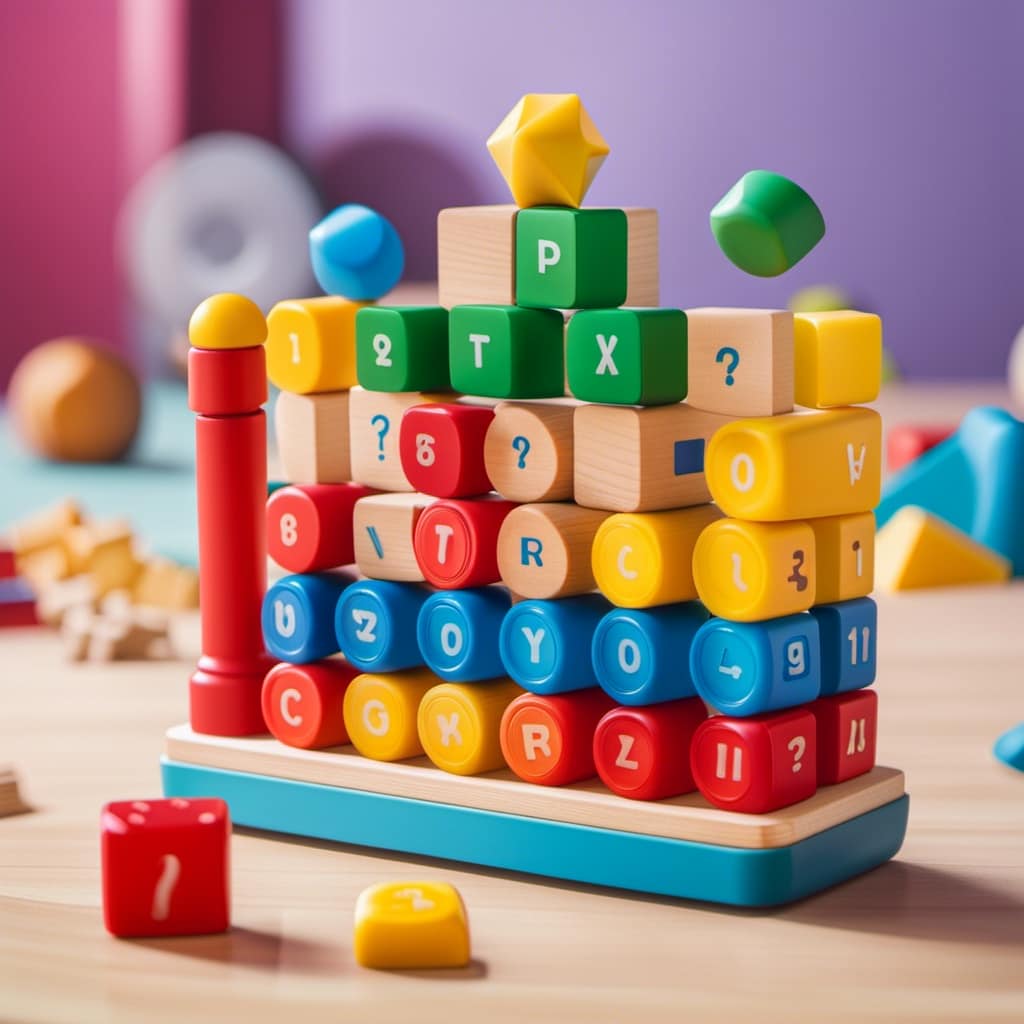
Are These Science Experiment Kits Suitable for Use in a Classroom Setting?
In a classroom setting, science experiment kits are a valuable tool for hands-on learning. They provide engaging and interactive experiences, allowing children to explore scientific concepts in a practical way. The benefits of hands-on learning are numerous and impactful.
Can Math Manipulative Toys Be Used to Teach Advanced Mathematical Concepts to Preschoolers?
Yes, math manipulative toys can be used effectively to teach advanced mathematical concepts to preschoolers. Research shows that hands-on learning with manipulatives improves understanding and retention of abstract math concepts.
Conclusion
In conclusion, investing in STEM toys for preschoolers is an excellent way to promote their educational development.
According to a recent study, children who engage with STEM toys at an early age show a 30% improvement in critical thinking skills compared to those who don’t.
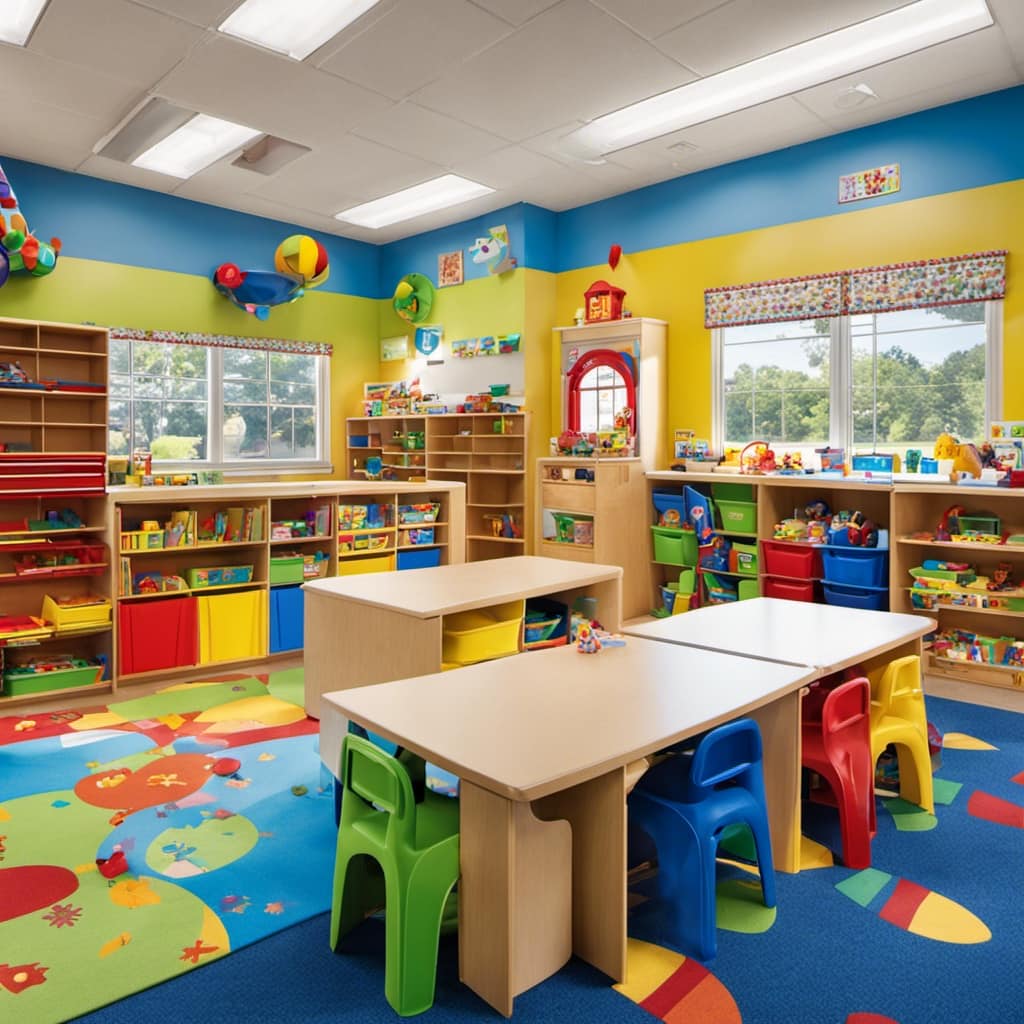
By providing magnetic building blocks, coding robot kits, engineering construction sets, science experiment kits, and math manipulative toys, we can foster a love for learning and set our children up for success in the future.
Mila, a gifted writer with a heart brimming with enthusiasm for child development and playful learning, is the creative force behind the enchanting narratives and insightful articles that grace Toddler Ride On Toys. With a background in early childhood education and a genuine passion for nurturing young minds, Mila weaves words that captivate, educate, and inspire parents, caregivers, and educators.
-

 Child Development2 months ago
Child Development2 months agoWhat Is a Theory in Child Development
-

 Child Development2 months ago
Child Development2 months agoWhat Do You Do in Child Development Class in High School
-

 Child Development2 months ago
Child Development2 months agoThe Science Behind How Parents Affect Child Development
-

 Child Development2 months ago
Child Development2 months agoHow Parenting Styles Affect Child Development
-

 Preschool Toys4 months ago
Preschool Toys4 months agoTop 8 Interactive Role-Play Toys for Preschoolers Reviewed
-

 Child Development2 months ago
Child Development2 months agoHow Does Food Insecurity Affect Child Development
-

 Waldorf Toys2 months ago
Waldorf Toys2 months agoTwos and Toys: Waldorf Selections Perfect for Two-Year-Olds
-

 Child Development2 months ago
Child Development2 months agoHow Does Piaget’s Theory Impact Child Development












